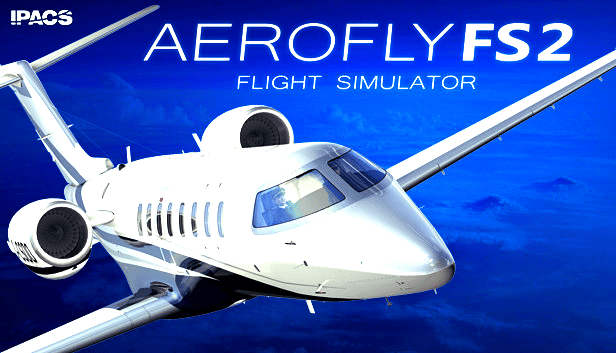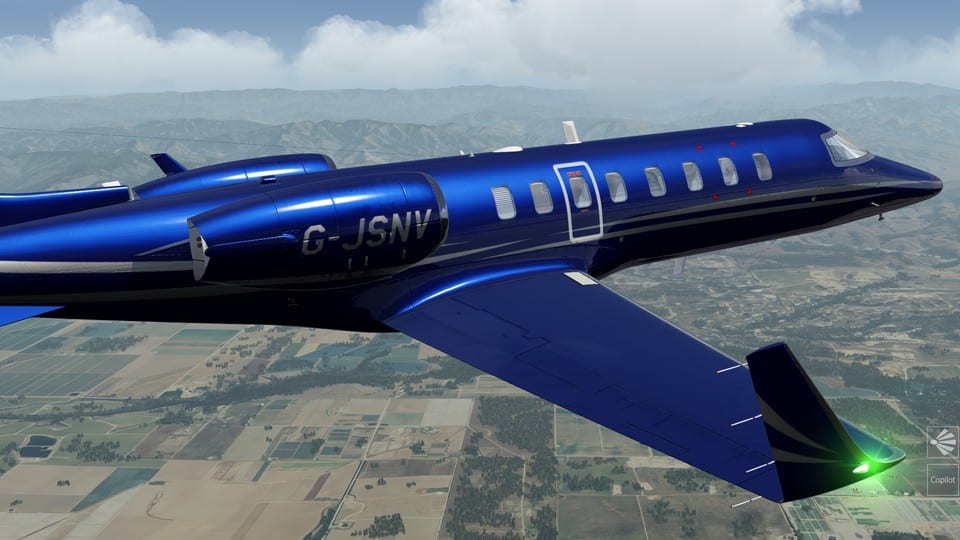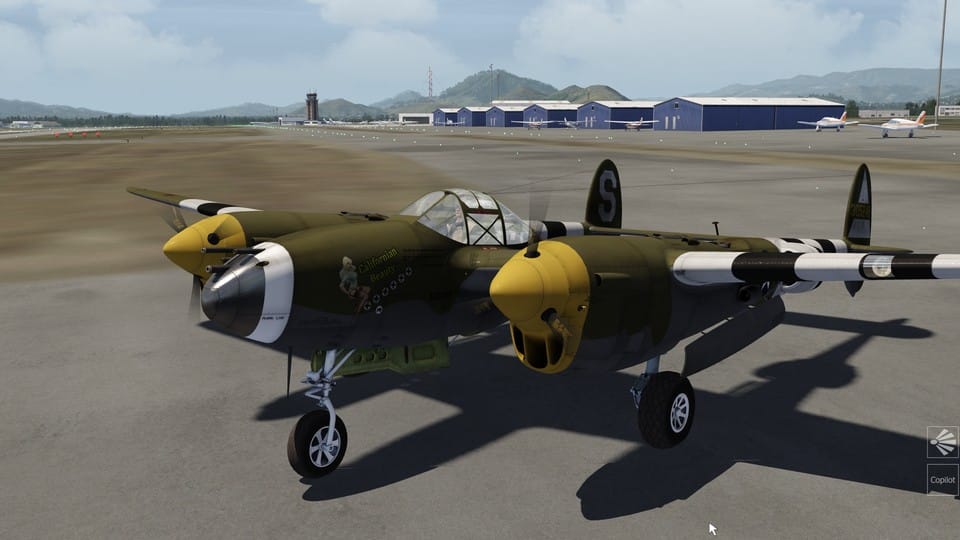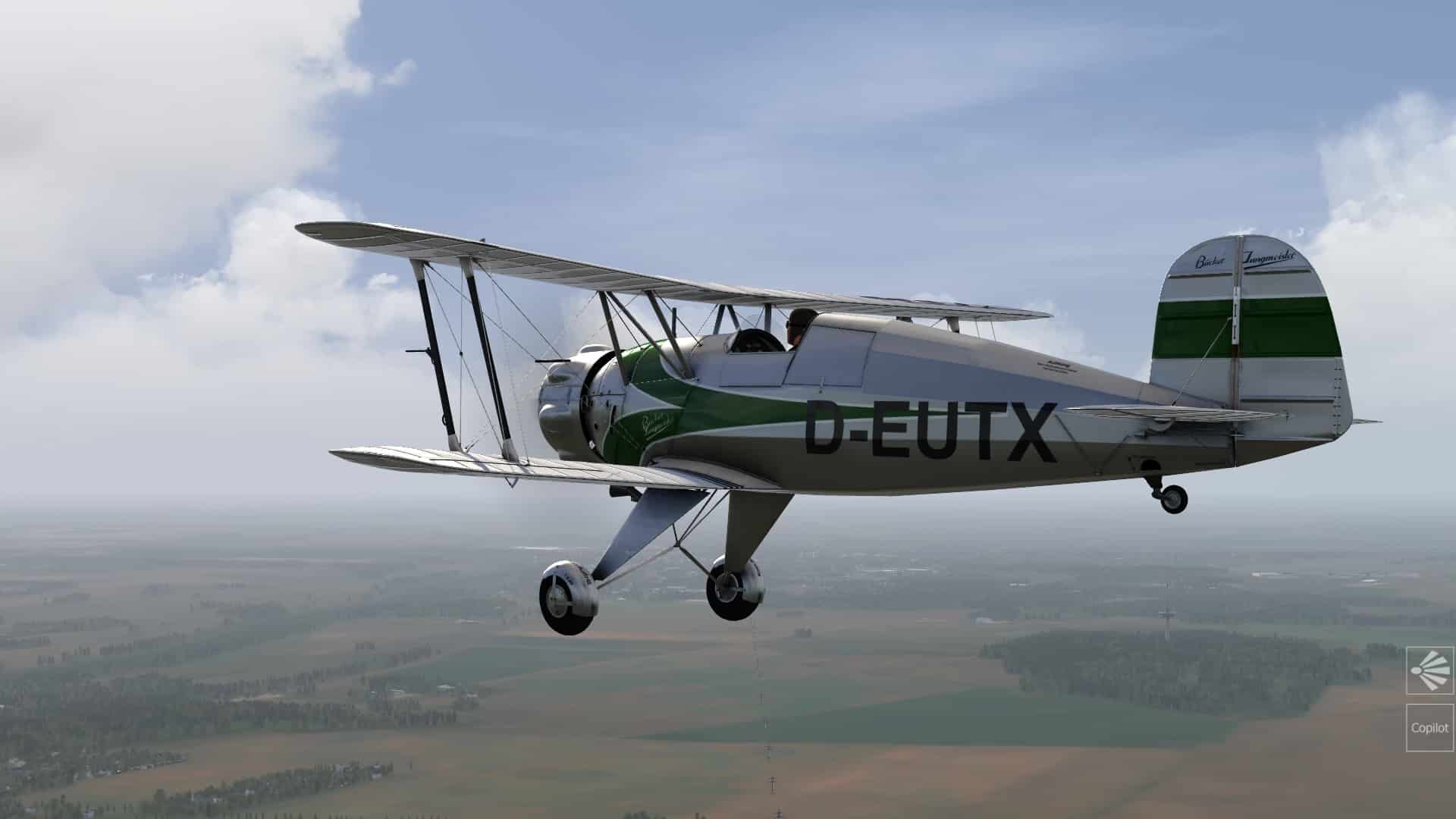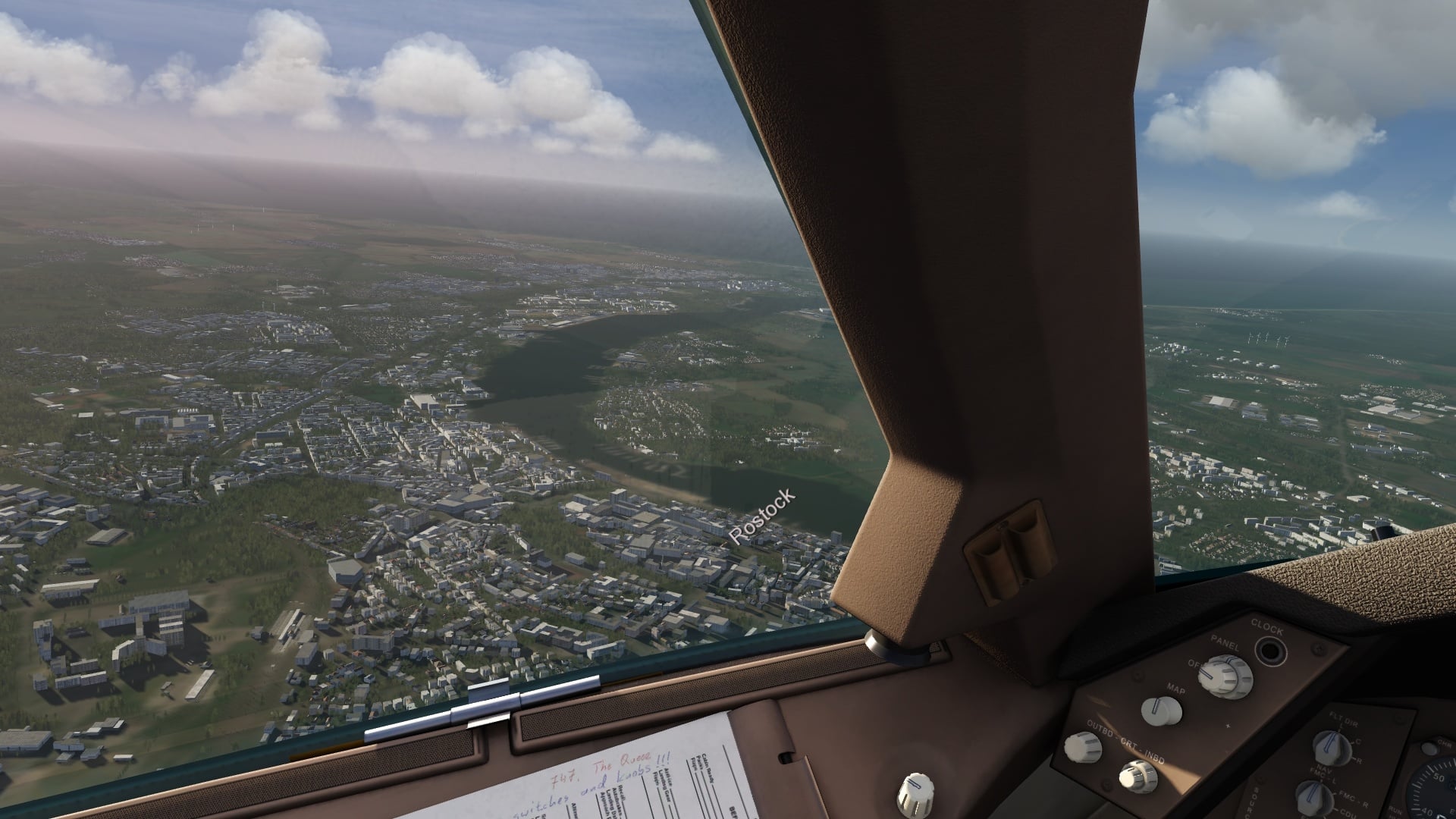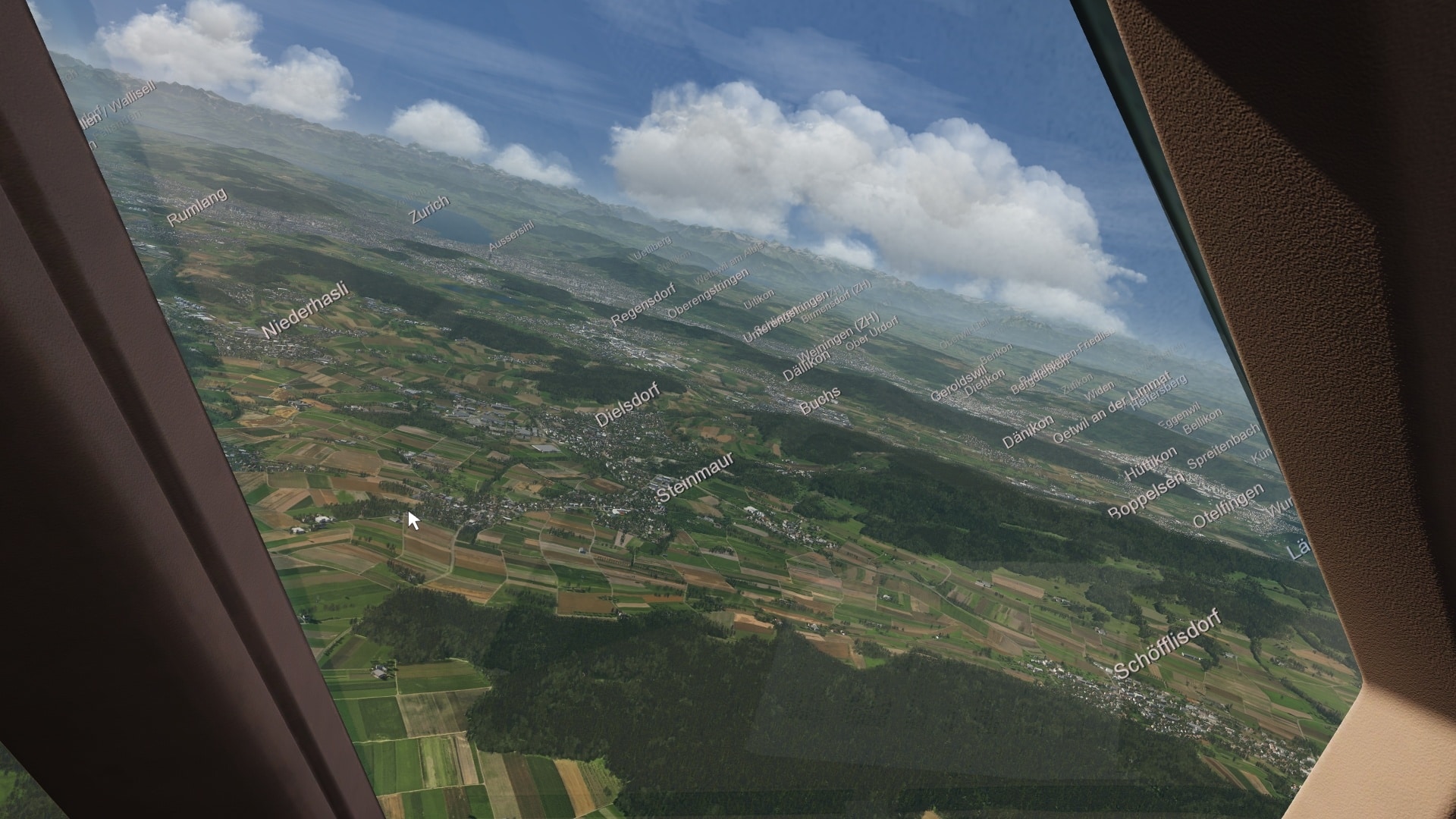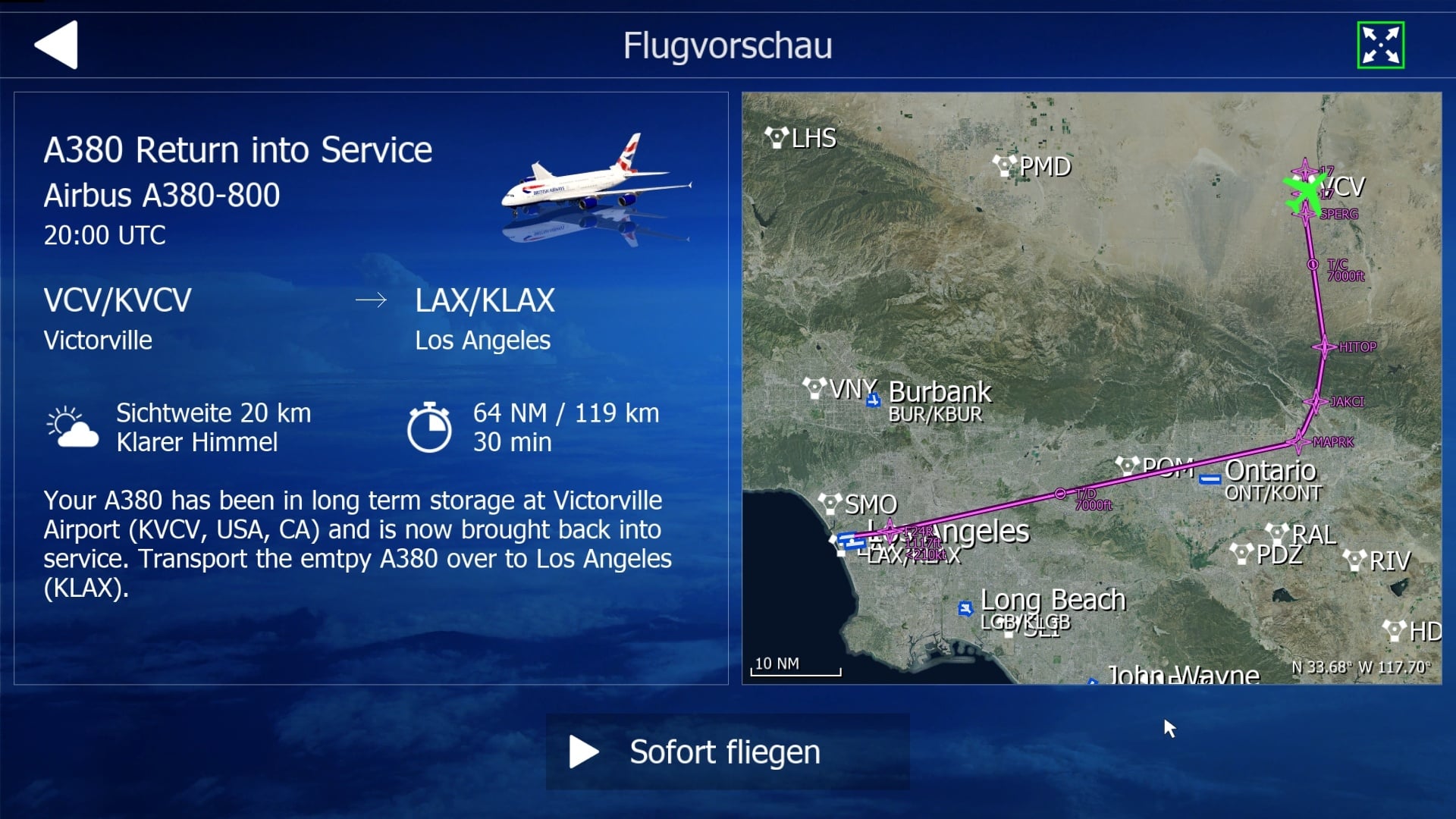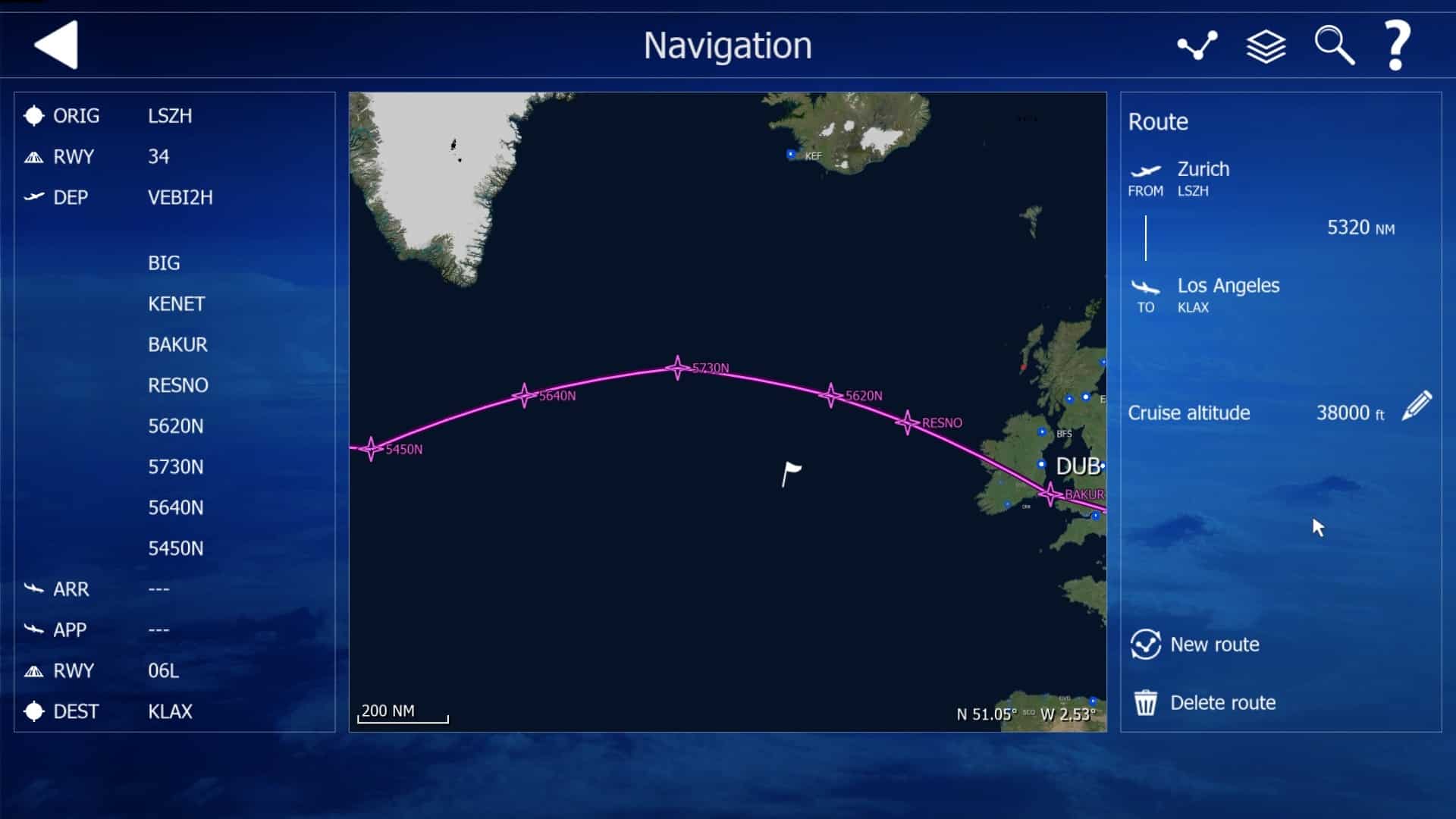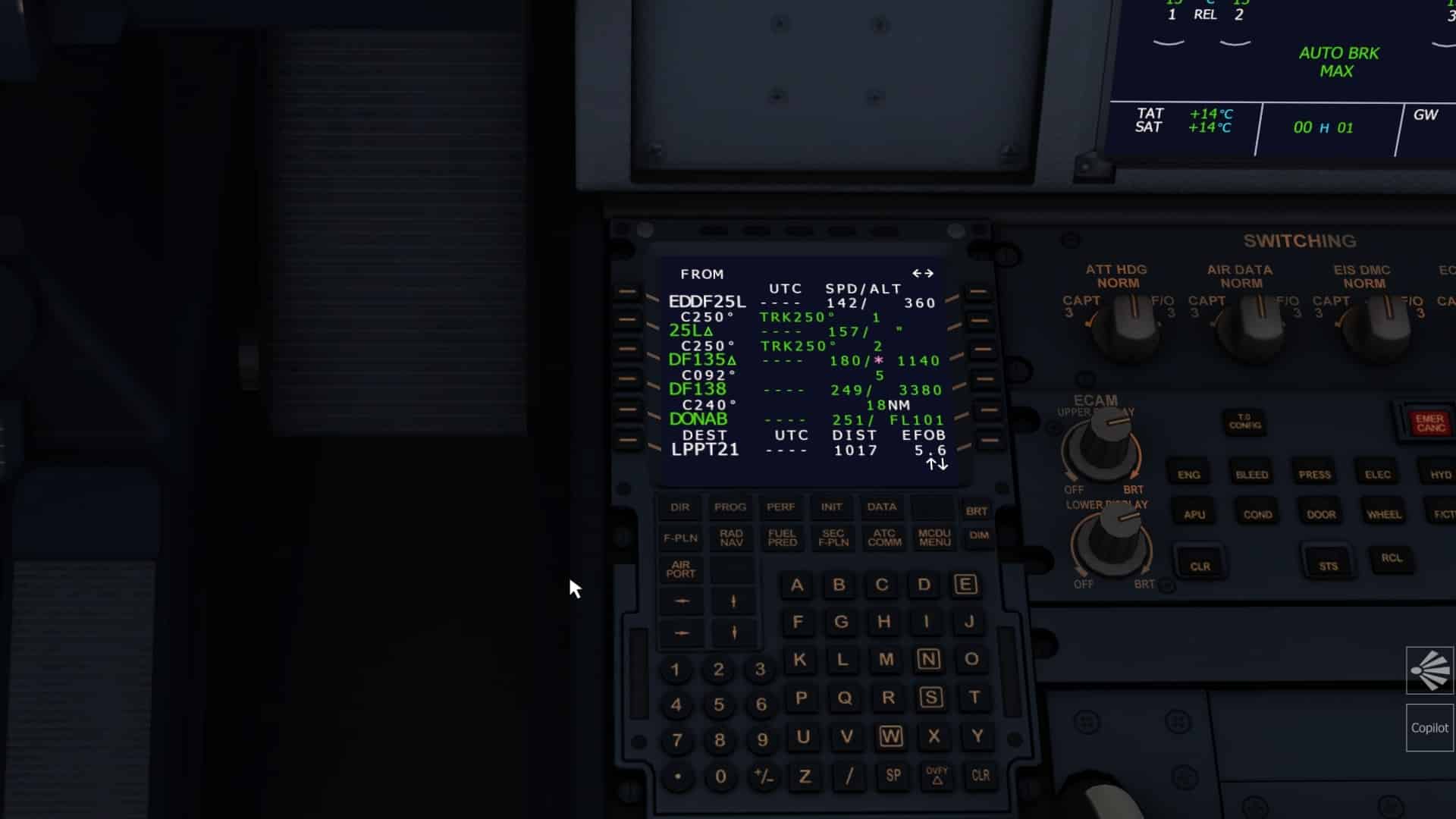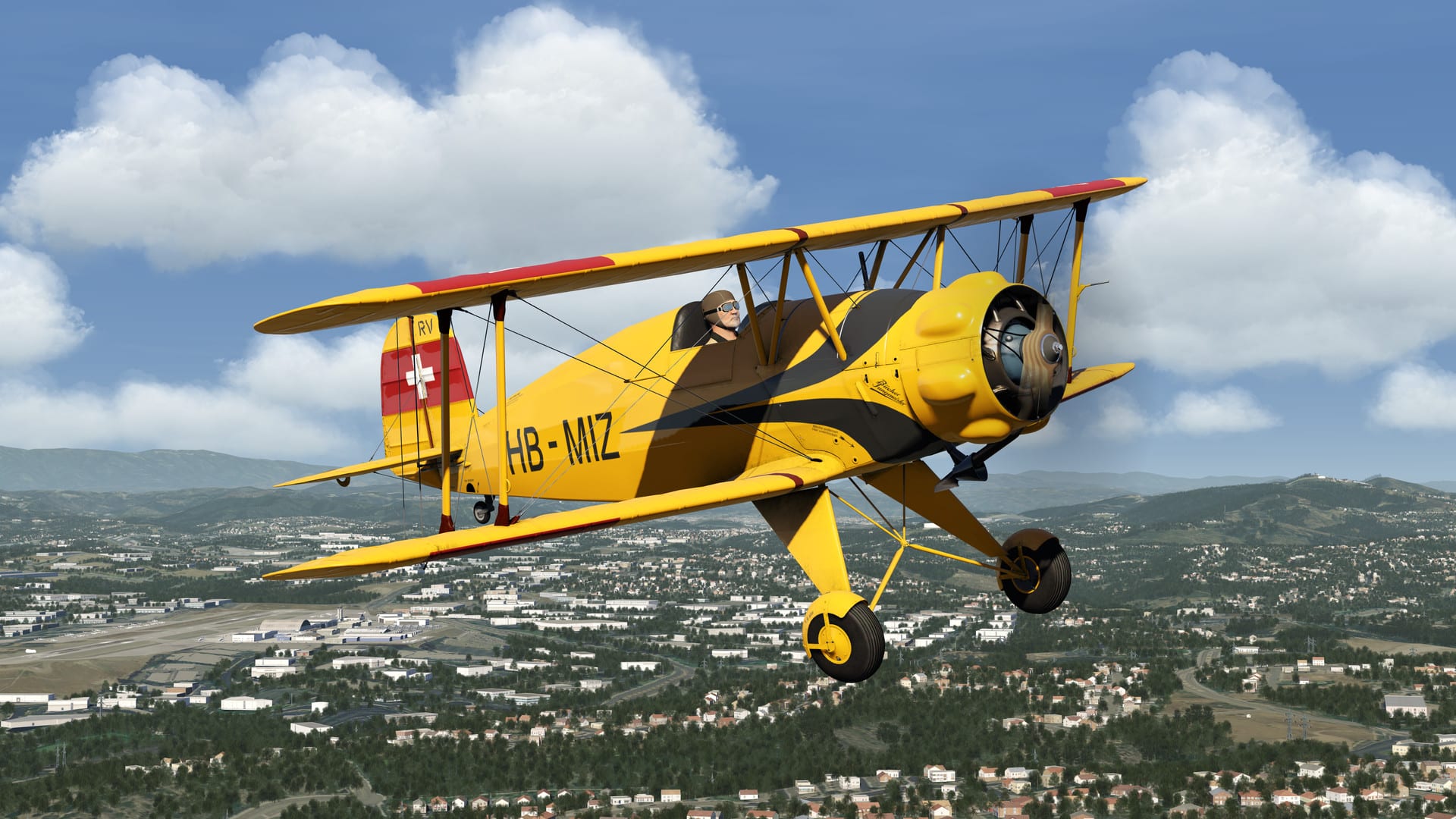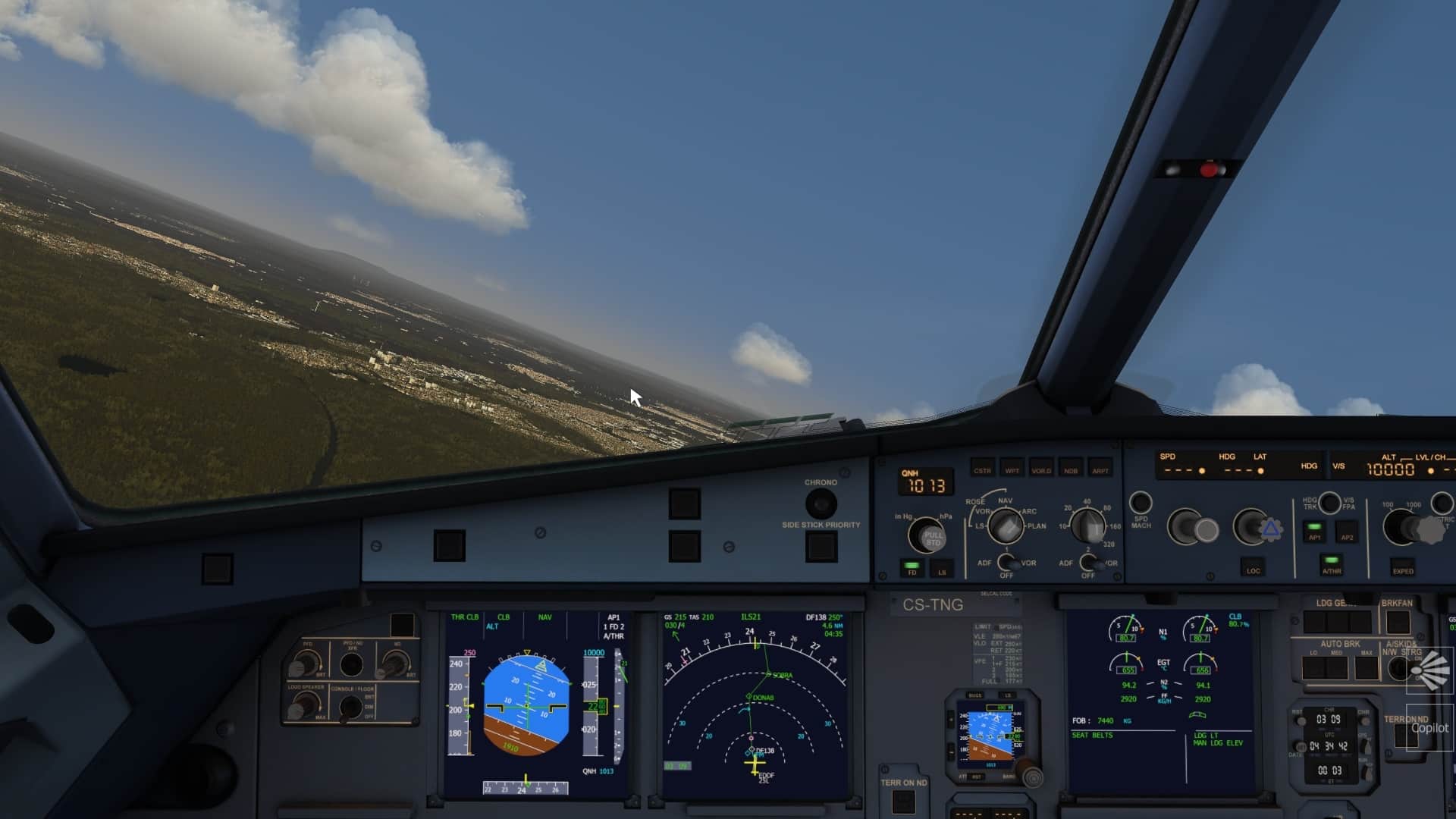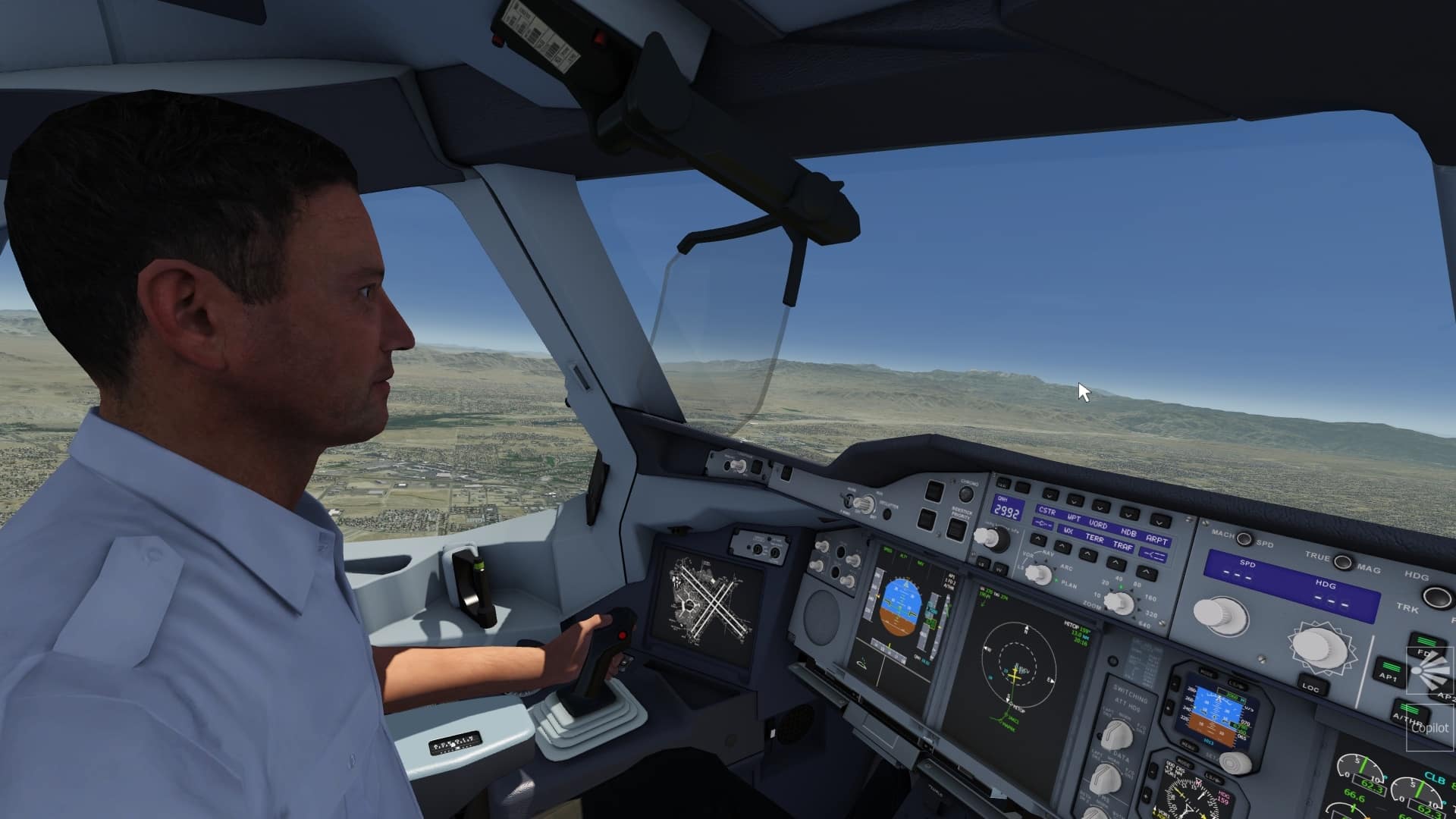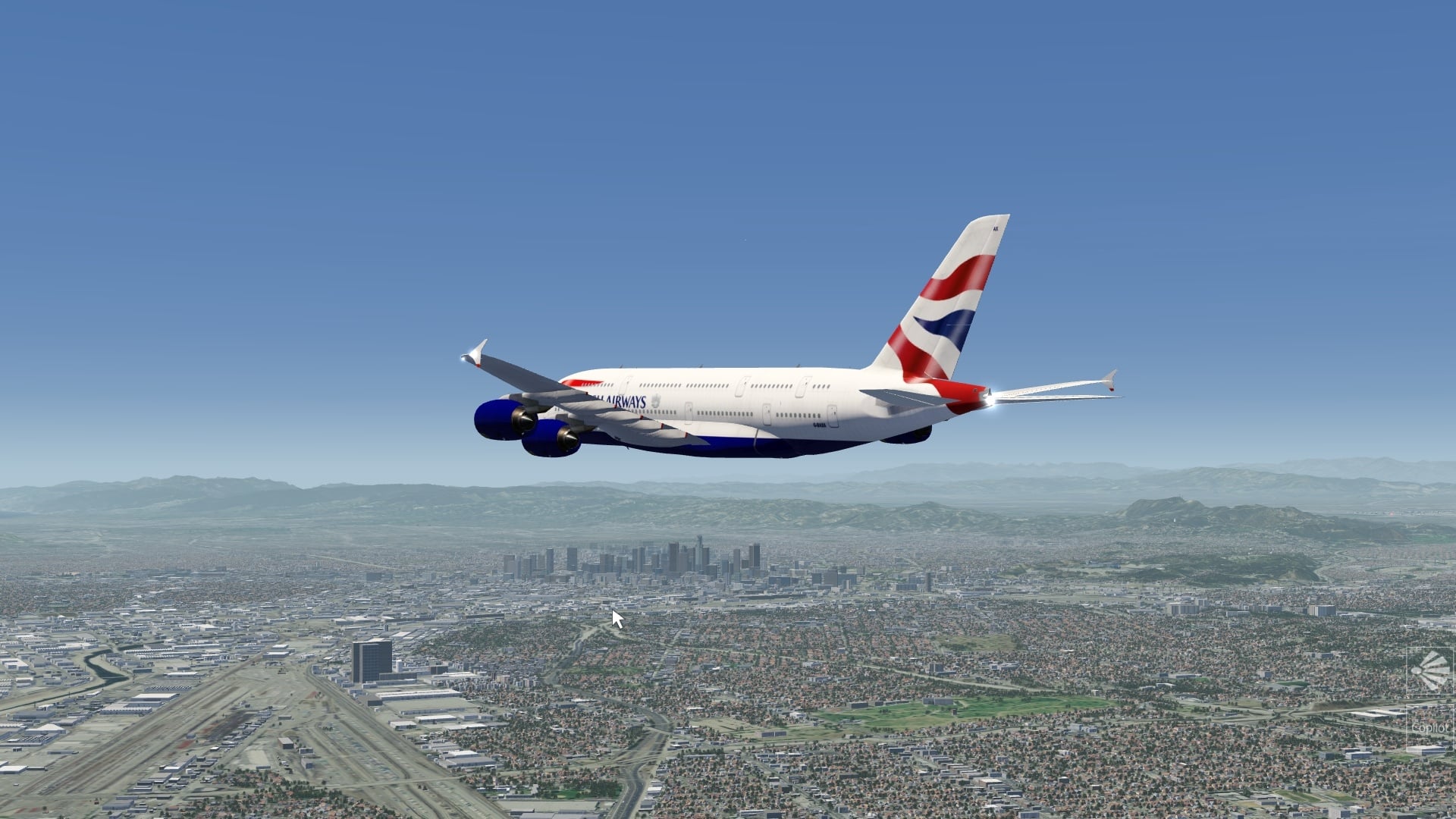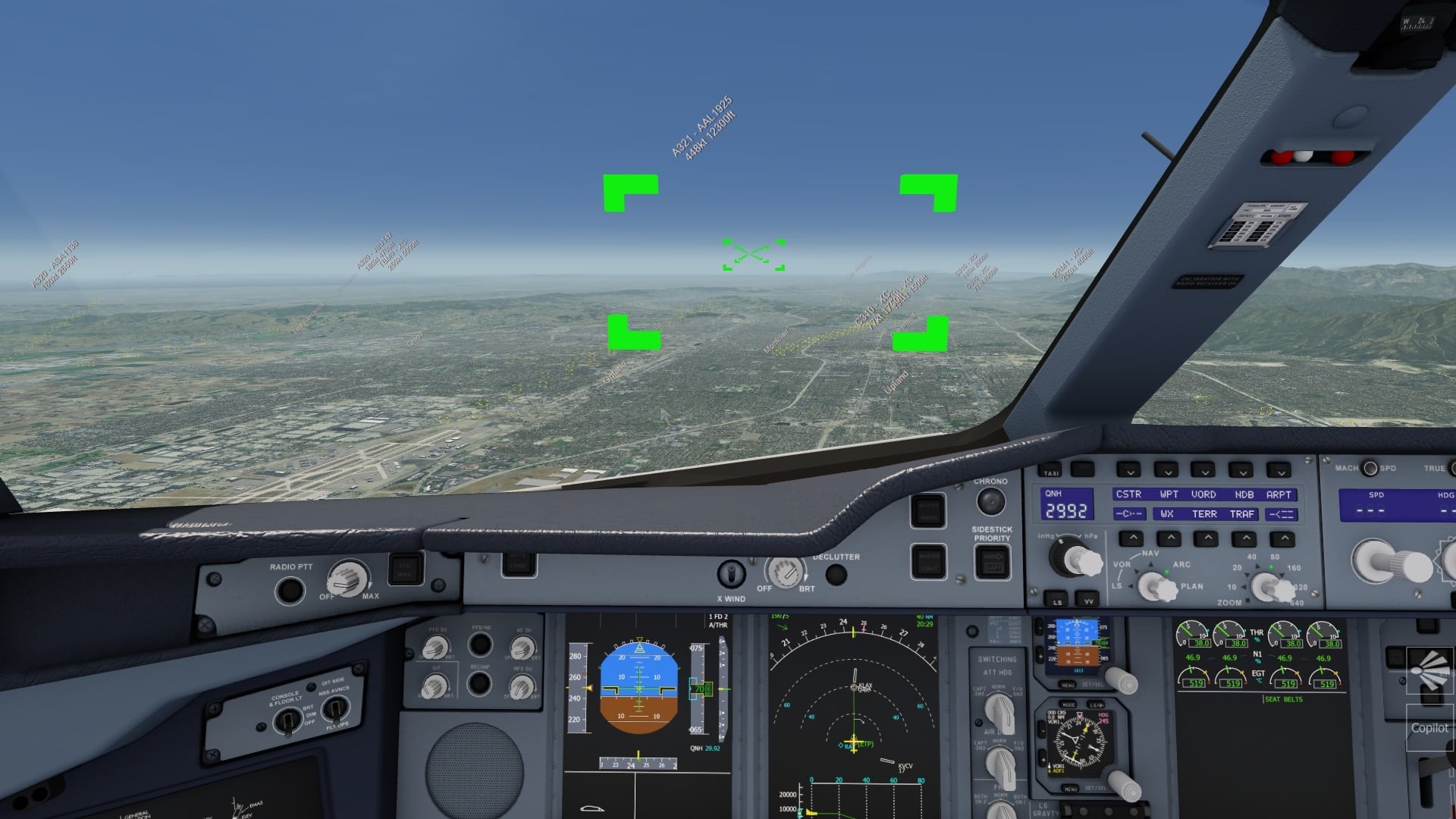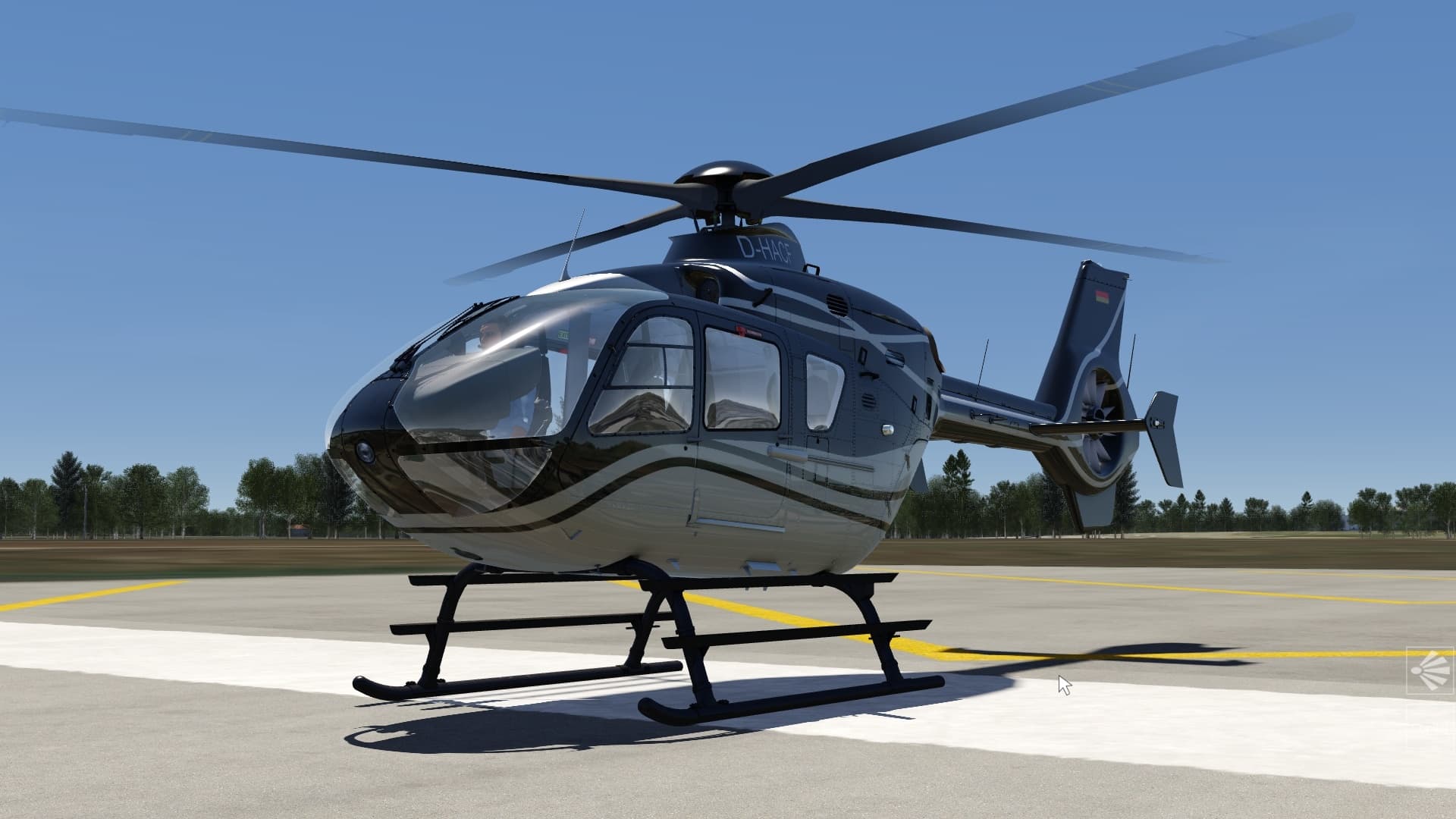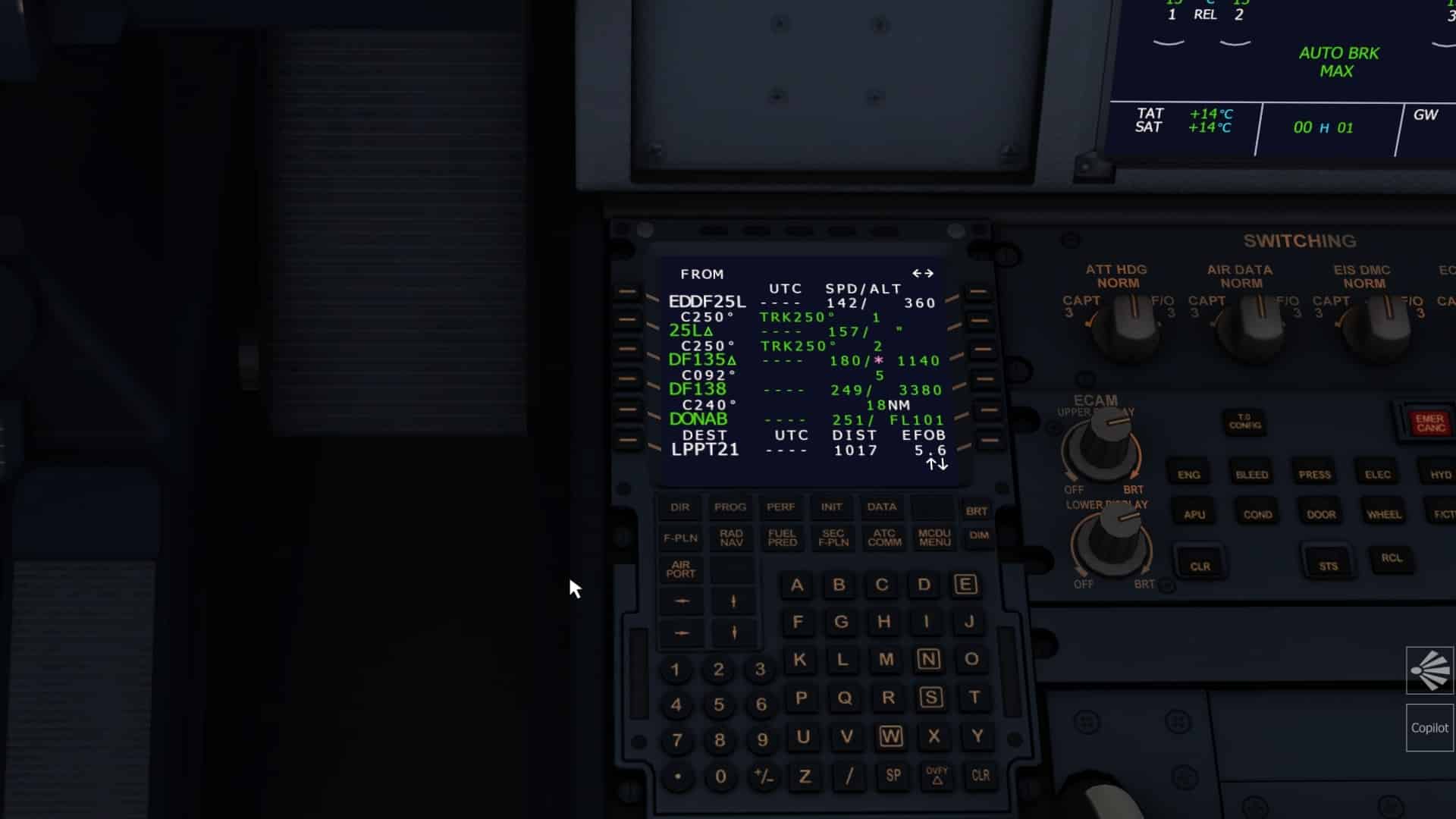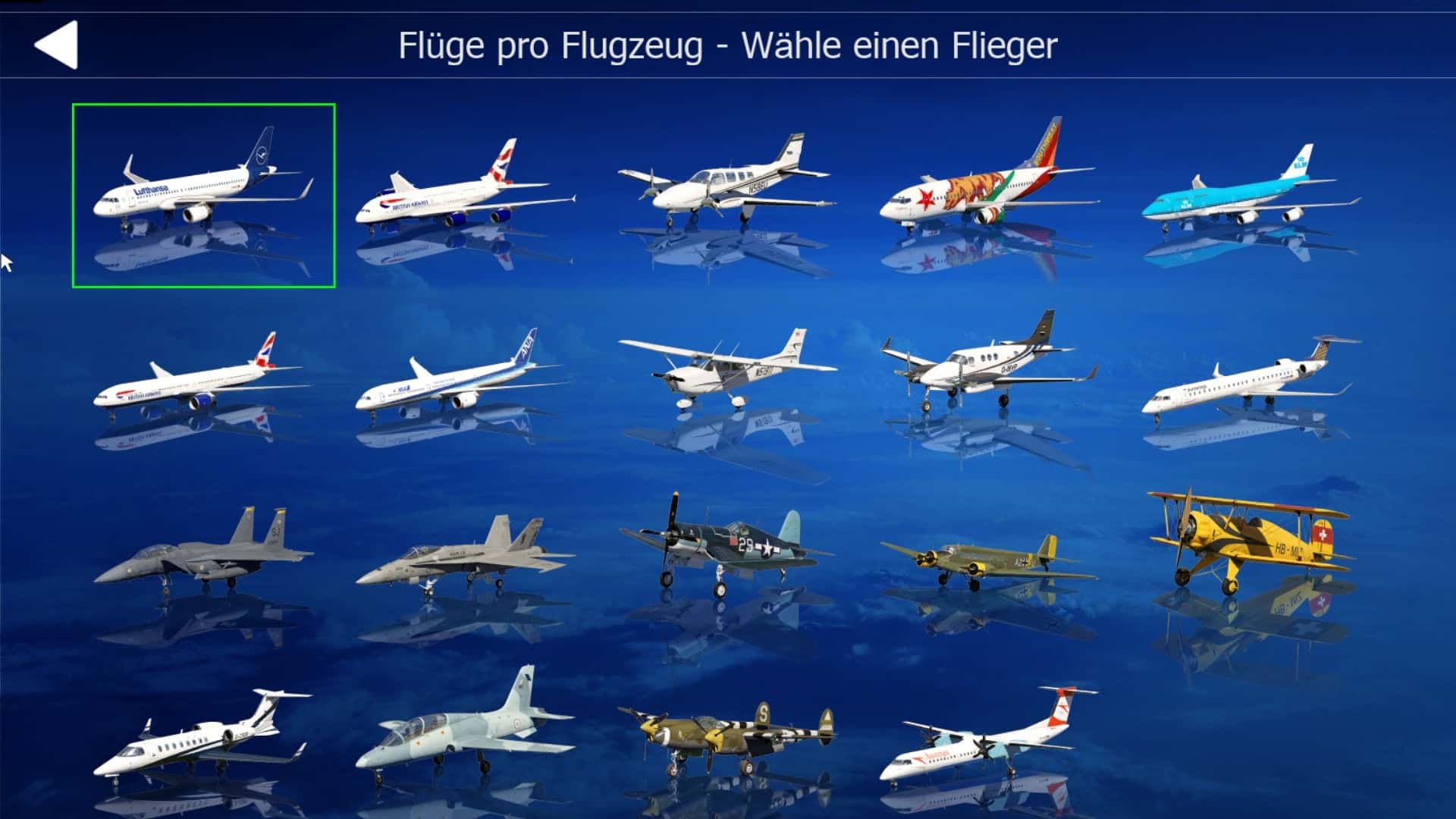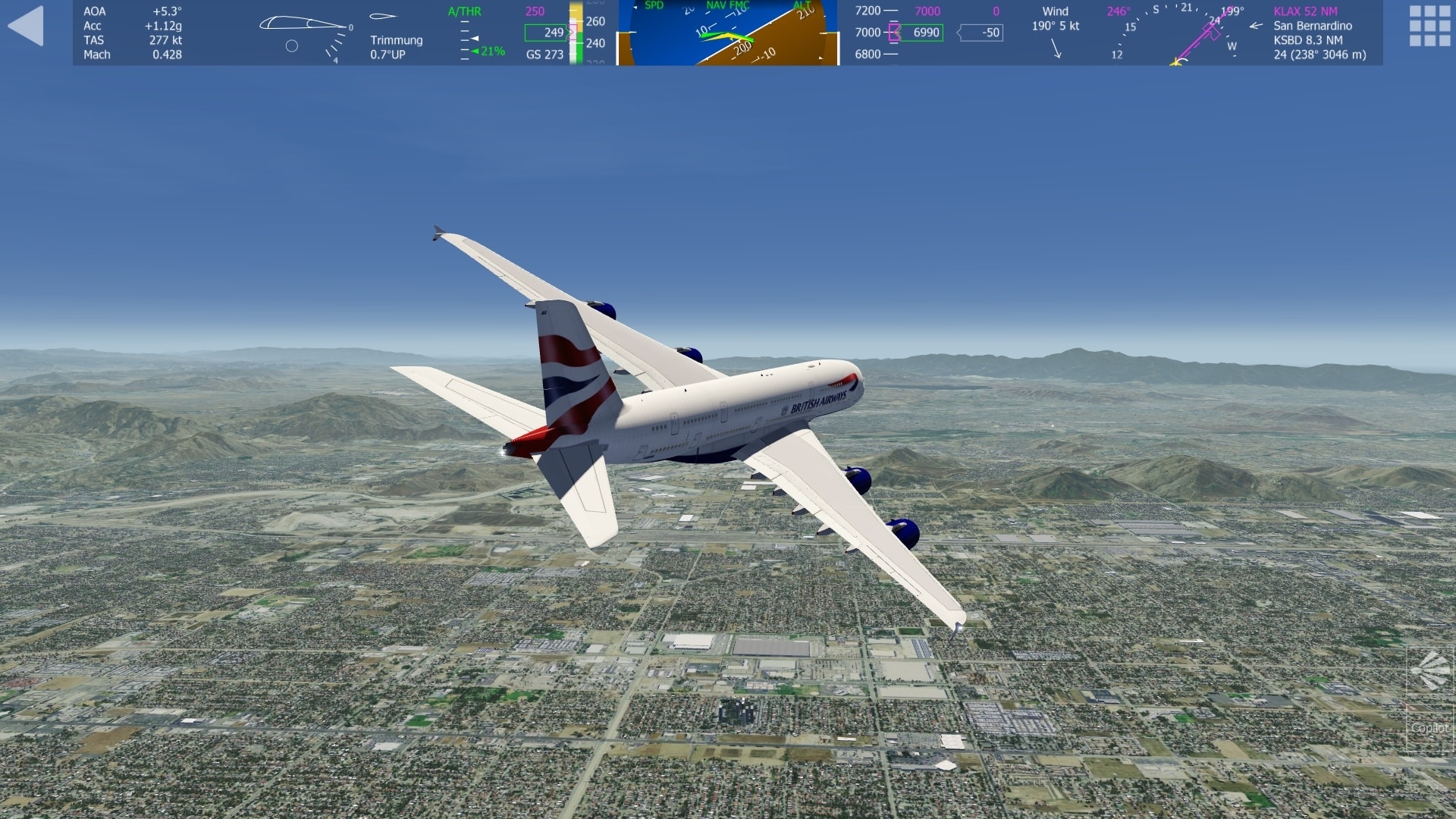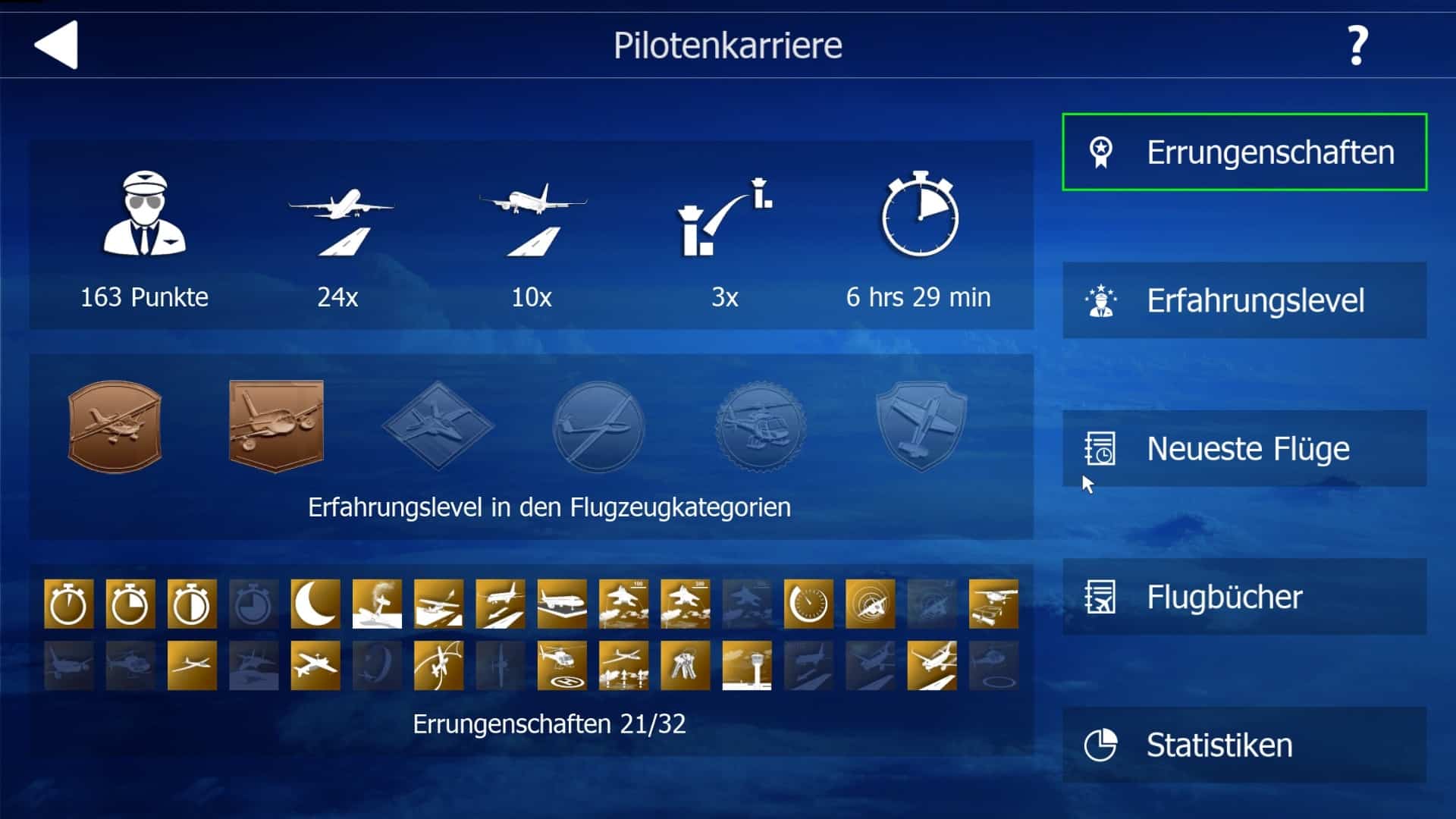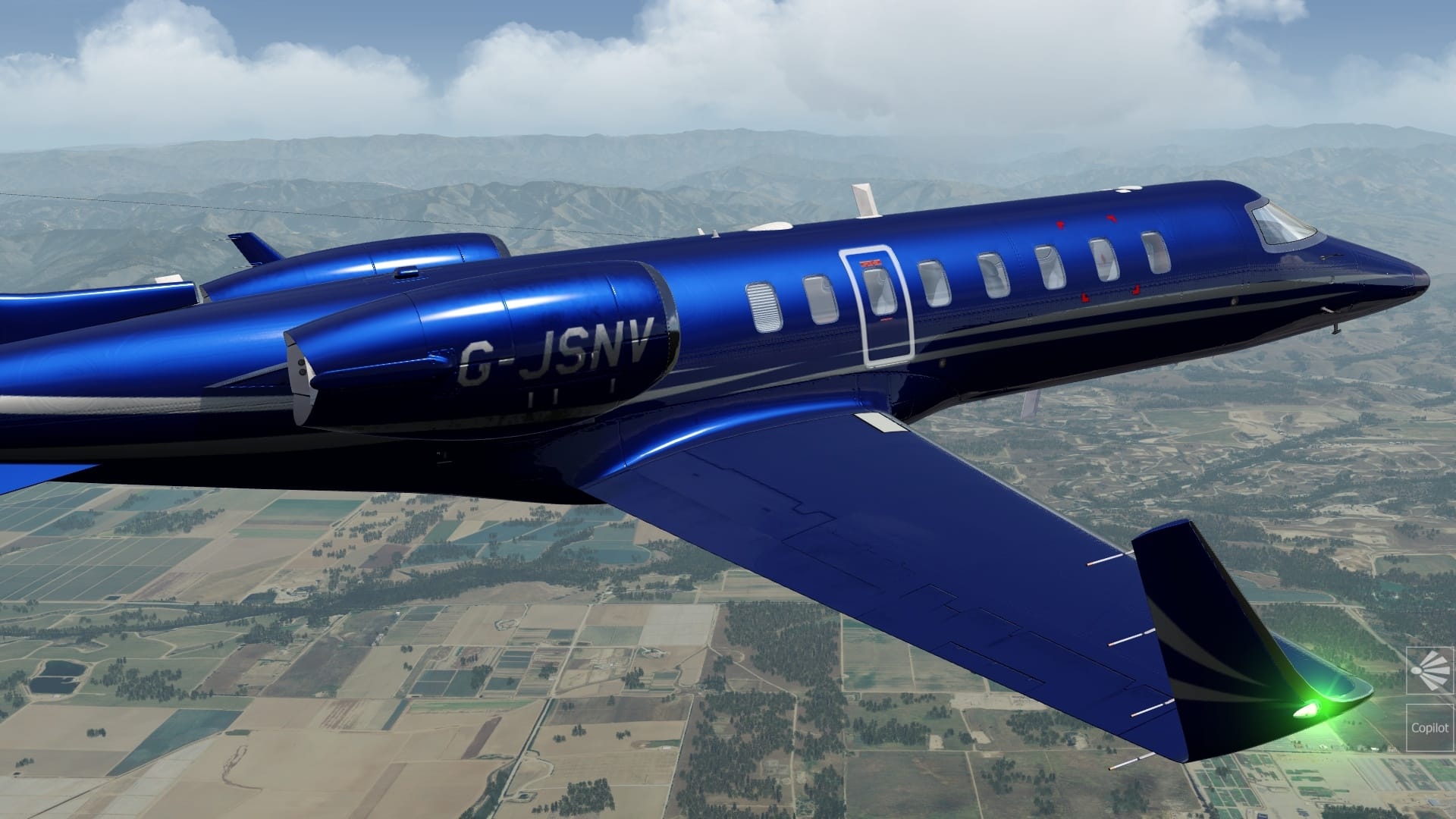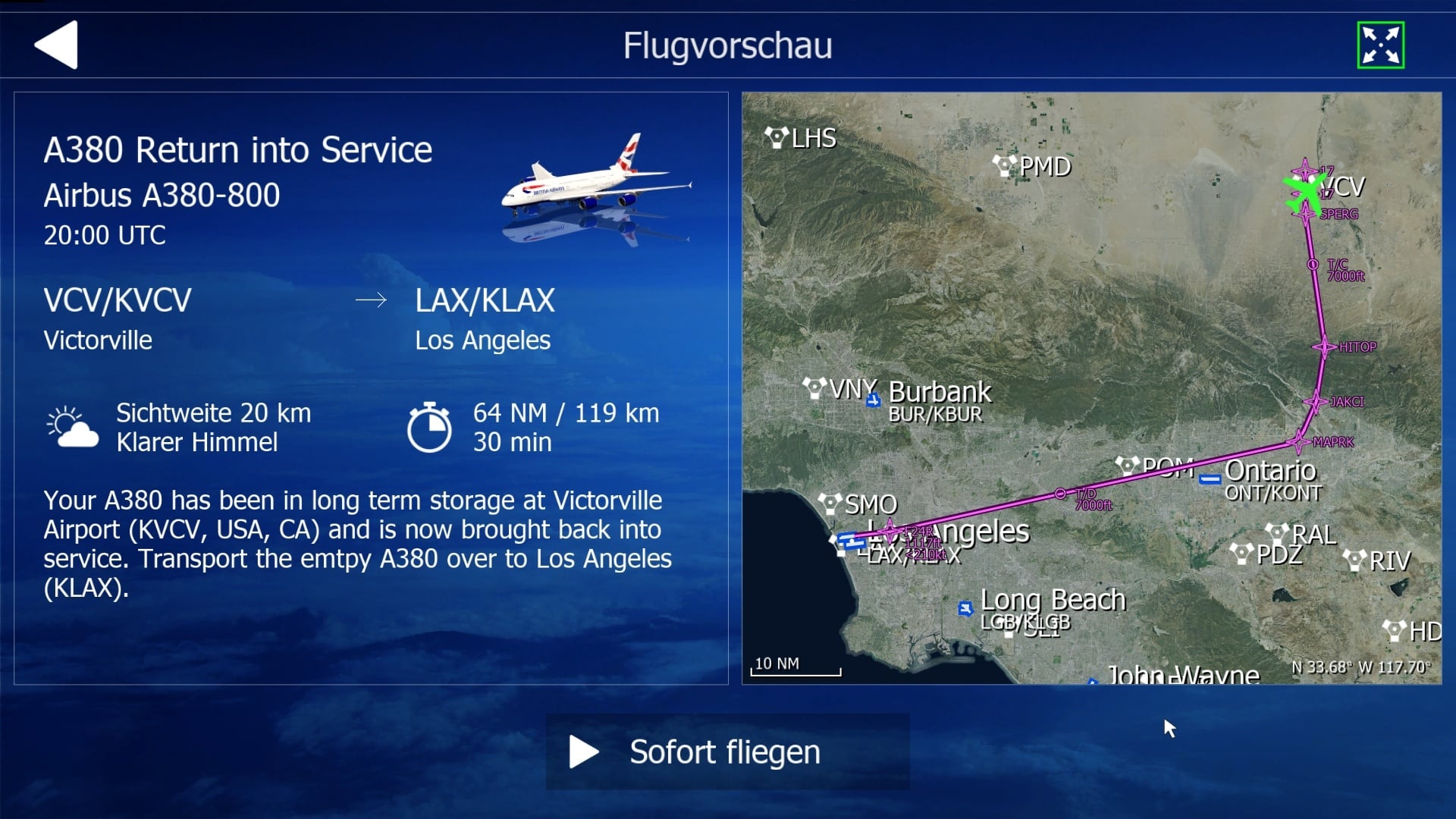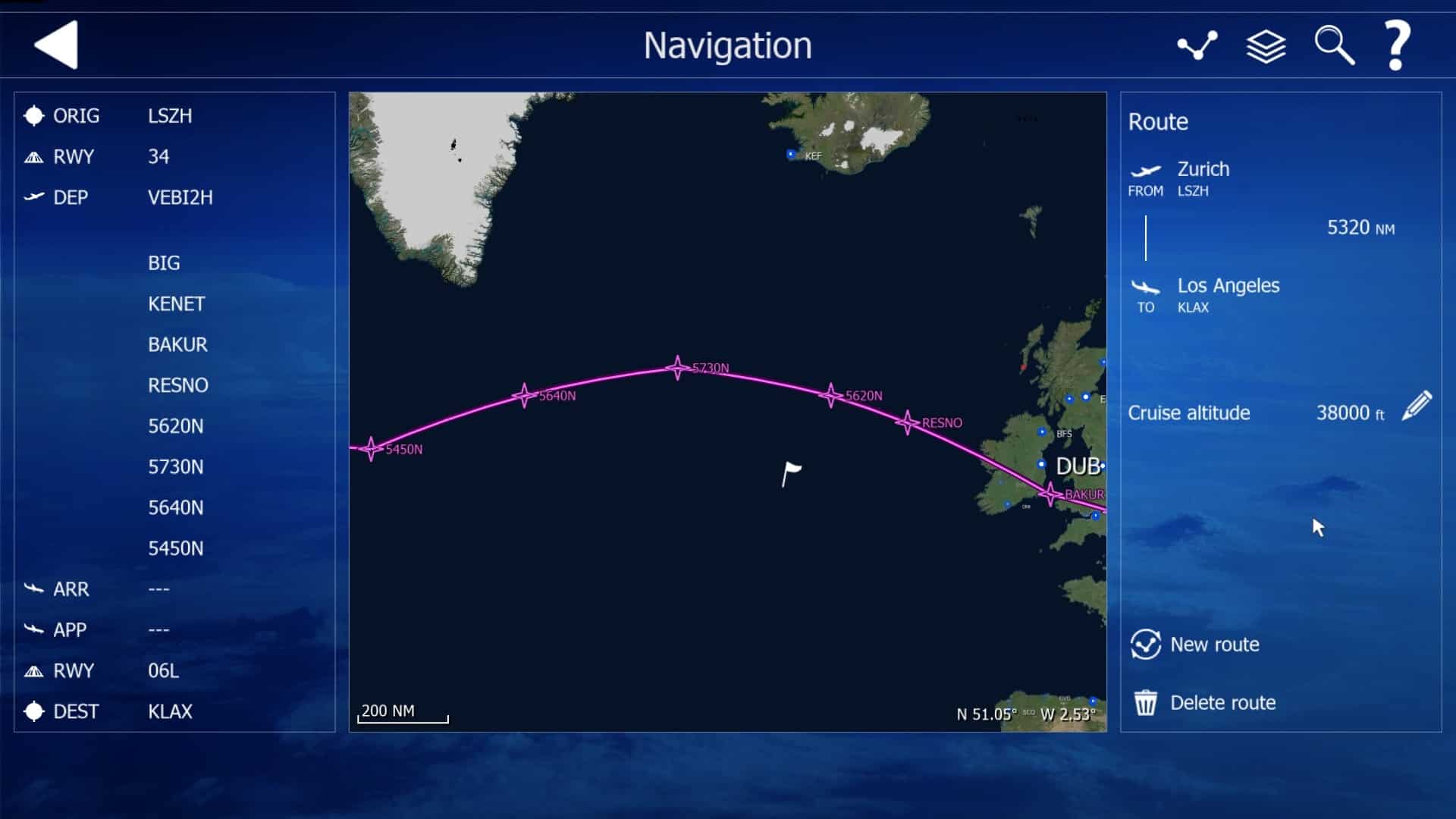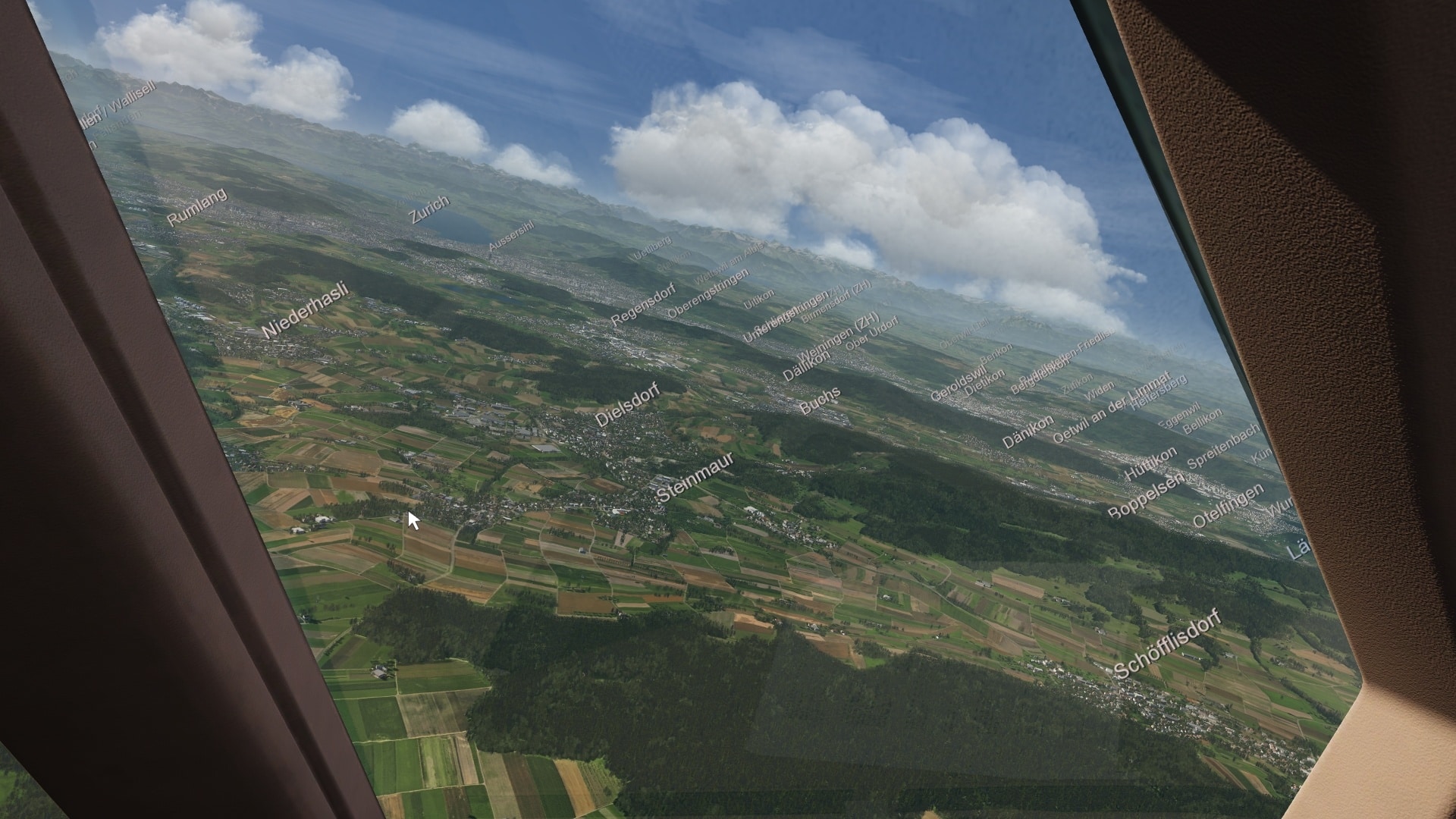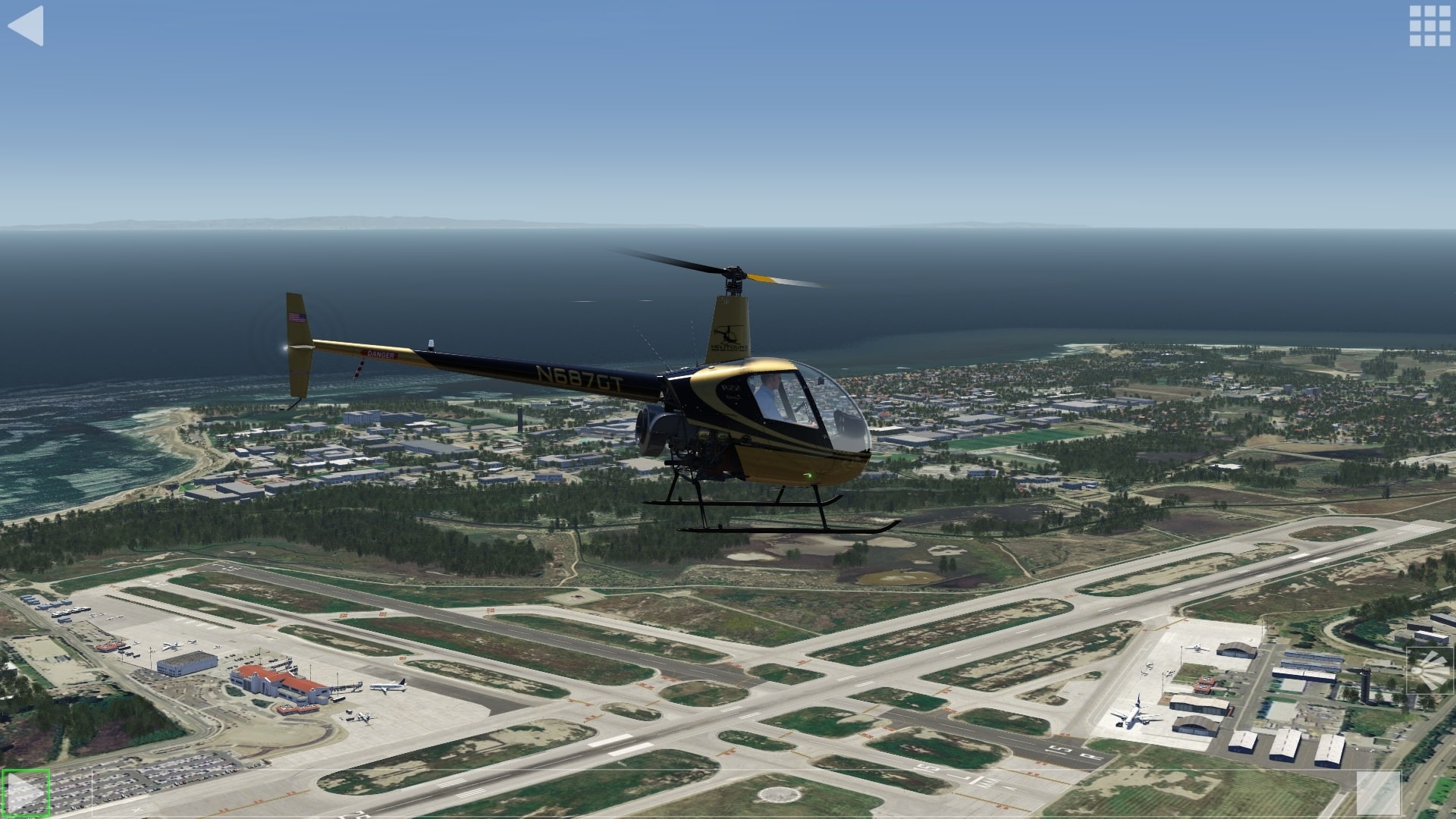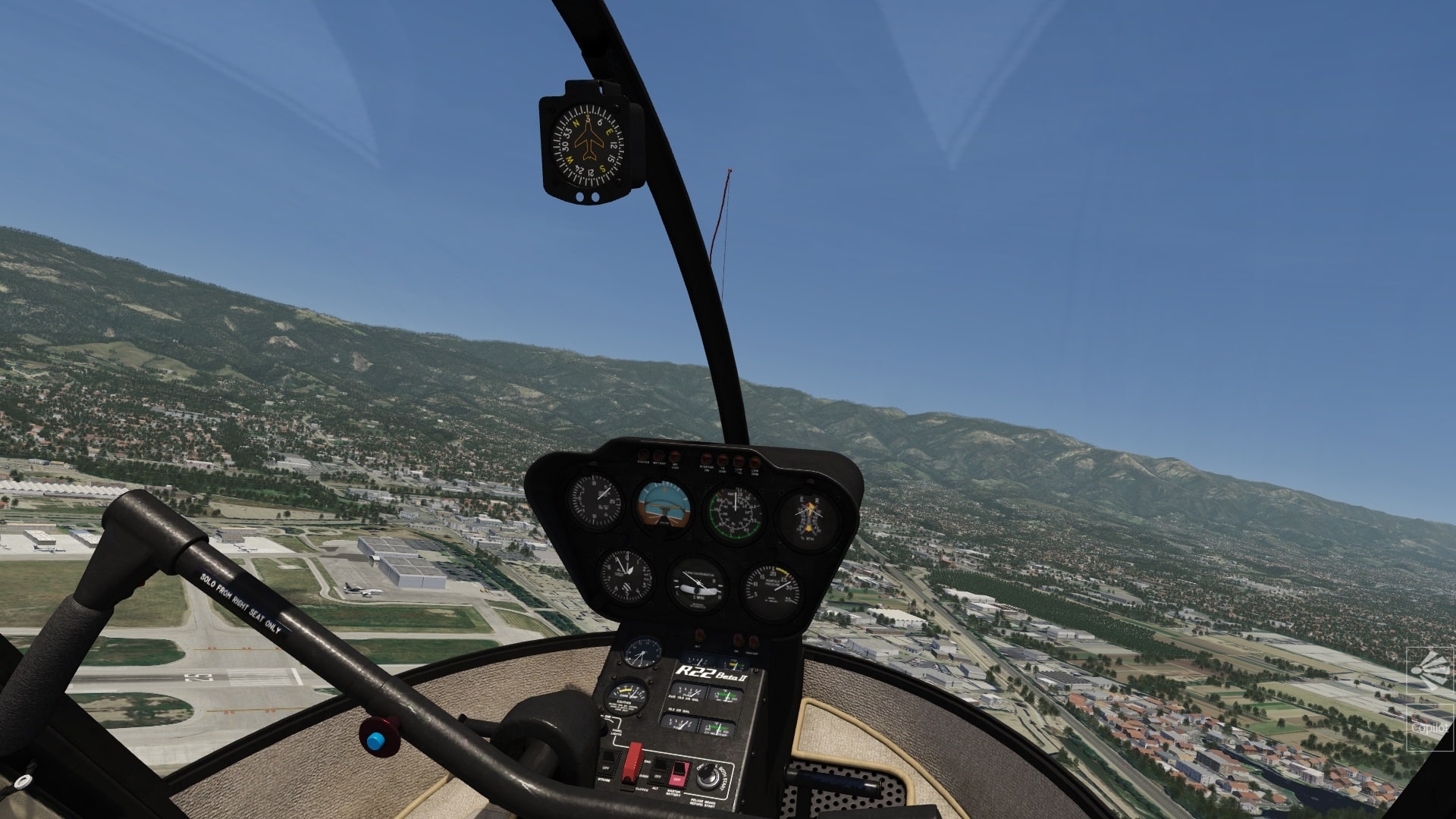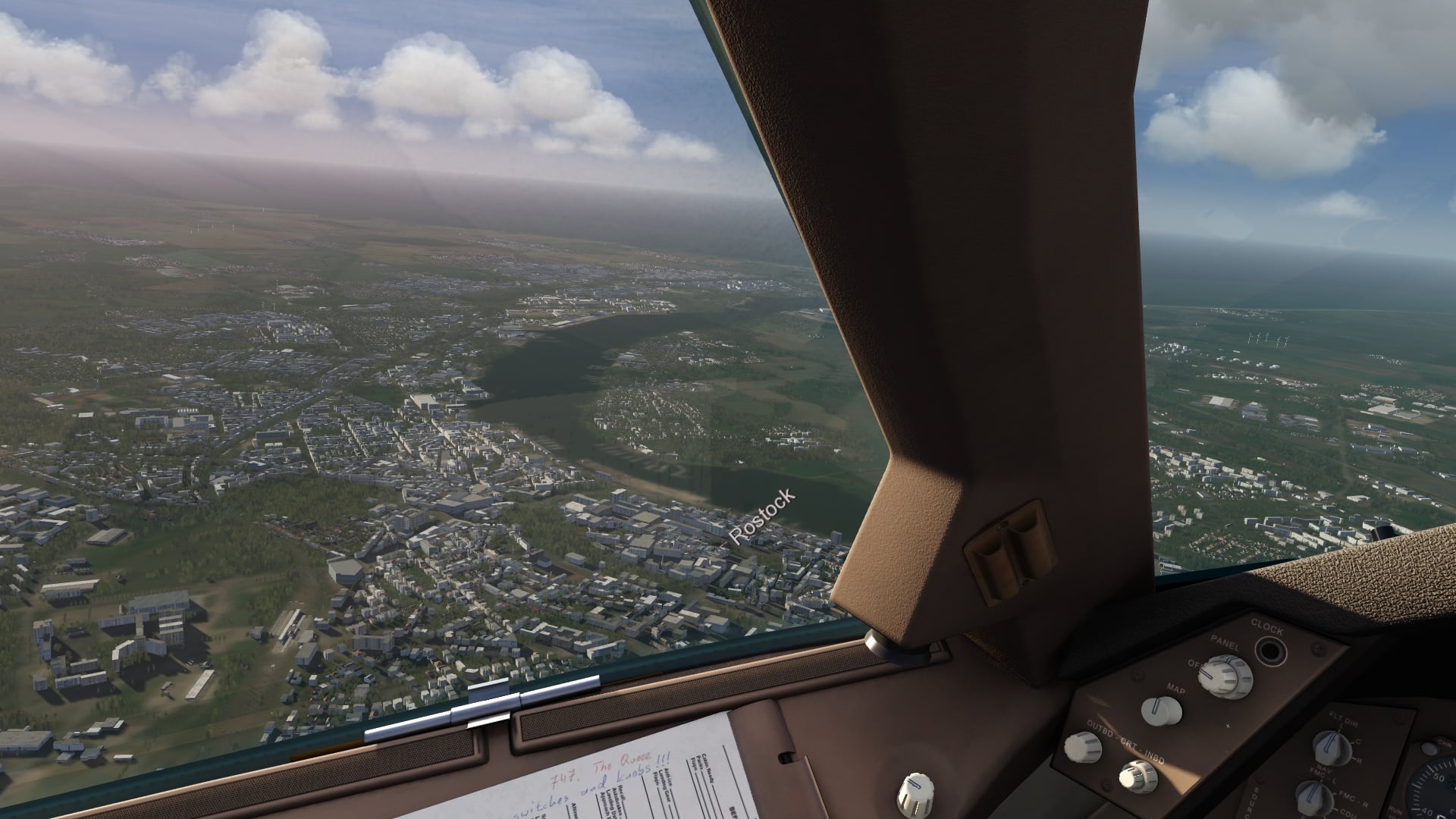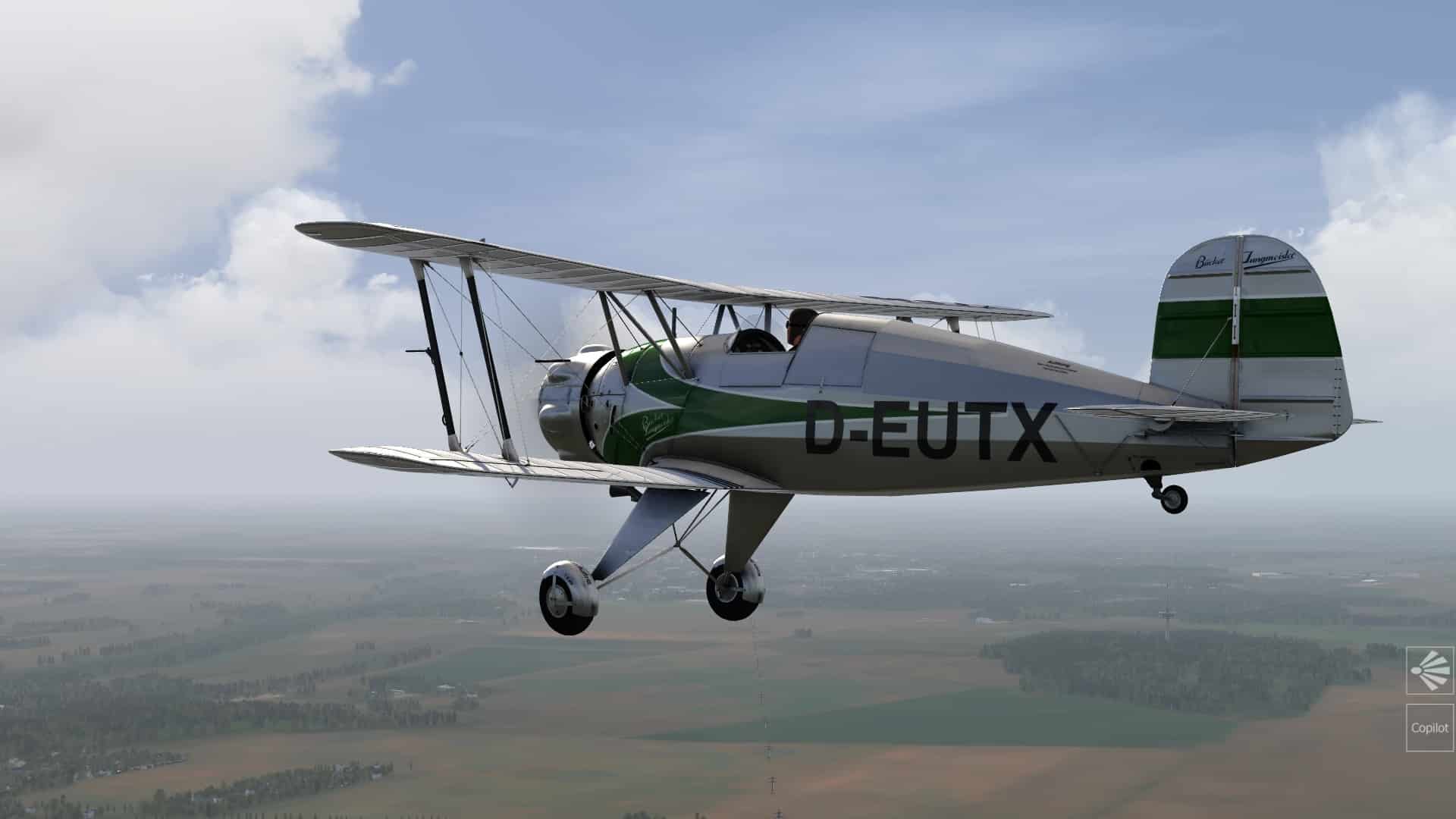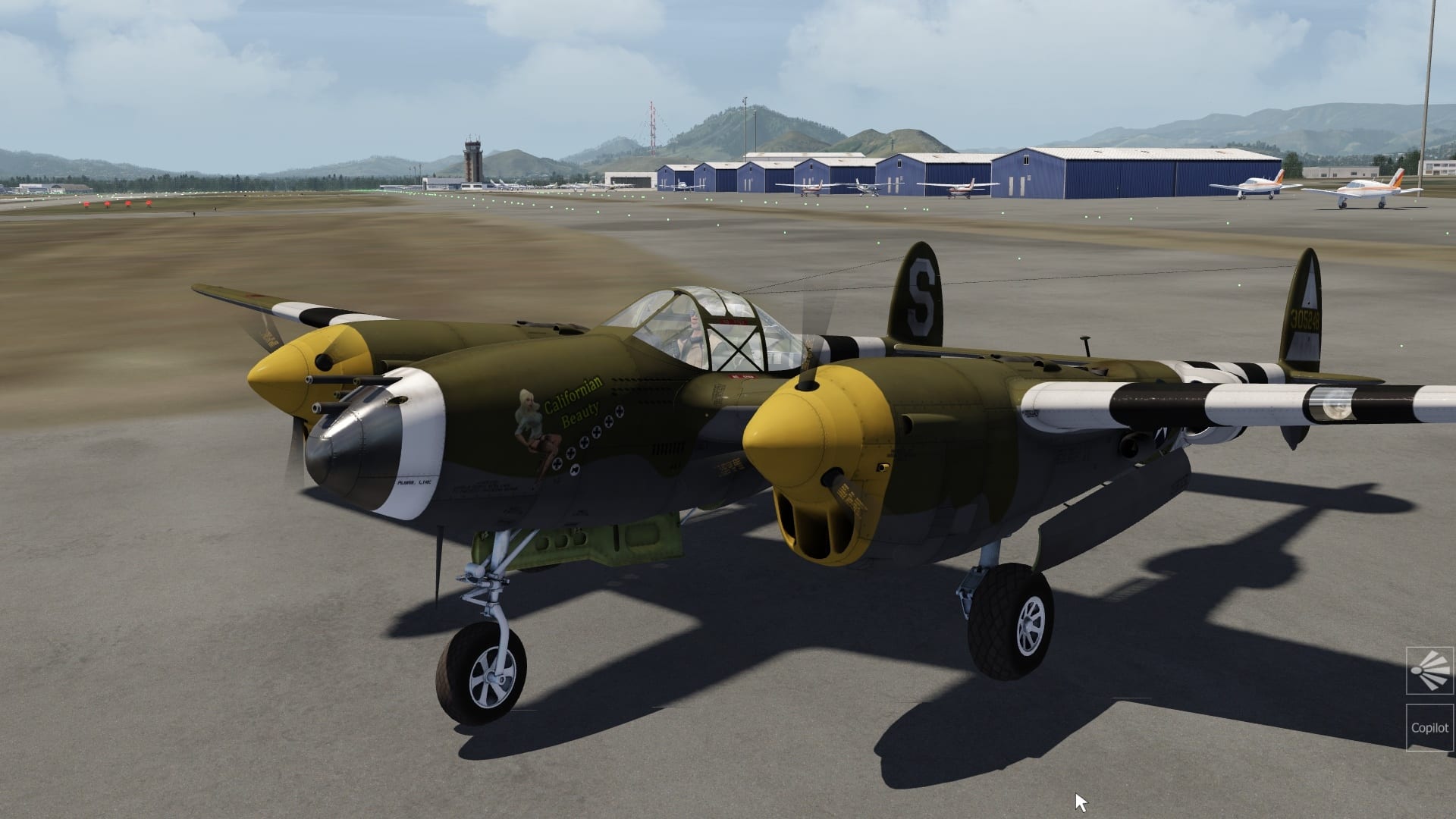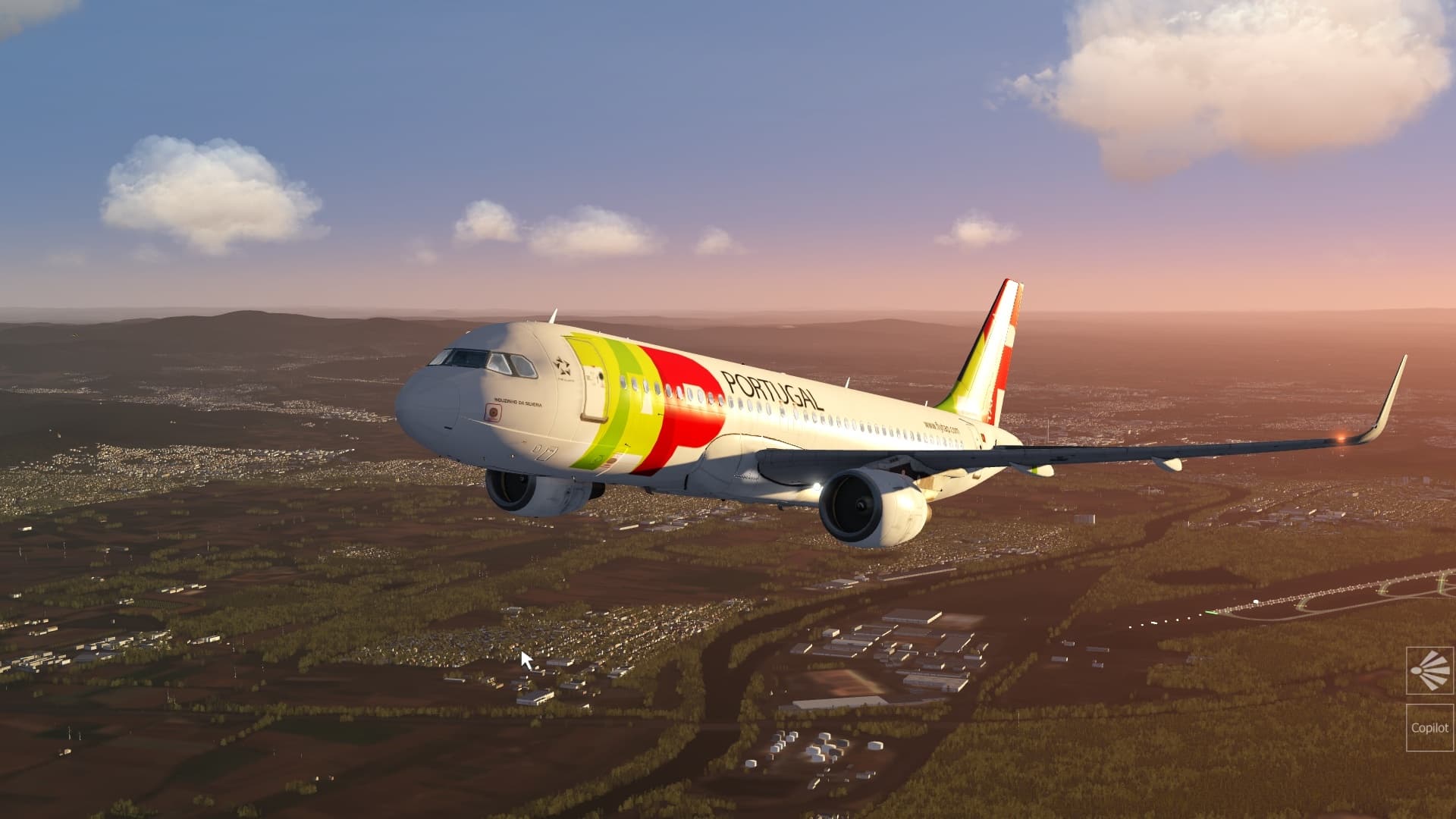There is not only the Microsoft Flight Simulator 2020. The new version of Aerofly FS 4 has just been released – but what can it do that the competition cannot?
The Microsoft Flight Simulator 2020 and X-Plane 11 can do a lot – and are also very realistic with the right add-ons. But it needs relatively powerful hardware, takes some work and sometimes also costs time.
But there is an alternative for all those who simply want to fly for half an hour after work – it”s called Aerofly FS.
Table of Contents
Aero- what?
Aerofly FS is based on the model flight simulator Aerofly (2003) and is developed by the small German studio IPACS. Since 2011, there has been a version for ”real” aircraft, Aerofly FS. The previous part Aerofly FS 2 (the version number 3 was omitted by IPACS) was characterised by simple configuration, fast loading times and very good performance; especially the latter made it a serious choice for VR users.
The regions that could be flown were limited to parts of the US west and east coasts, but at least those were represented with aerial imagery. Unlike Microsoft Flight Simulator, the scenery was not streamed, but stored entirely on your PC. Outside of the aerial imaged regions, there was only a muddy ground texture that did not look good even from the cruising altitude of passenger planes. Some DLCs added more detailed regions, for example Switzerland. Aerosoft, Orbx and JustFlight also offered a few addons; a small freeware scene developed alongside them.
But complex aircraft, crucial for the long-term success of a simulator platform, did not exist. Weather was limited to visibility and the extent and height of cumulus and cirrus clouds. Weight and fuel planning were not possible.
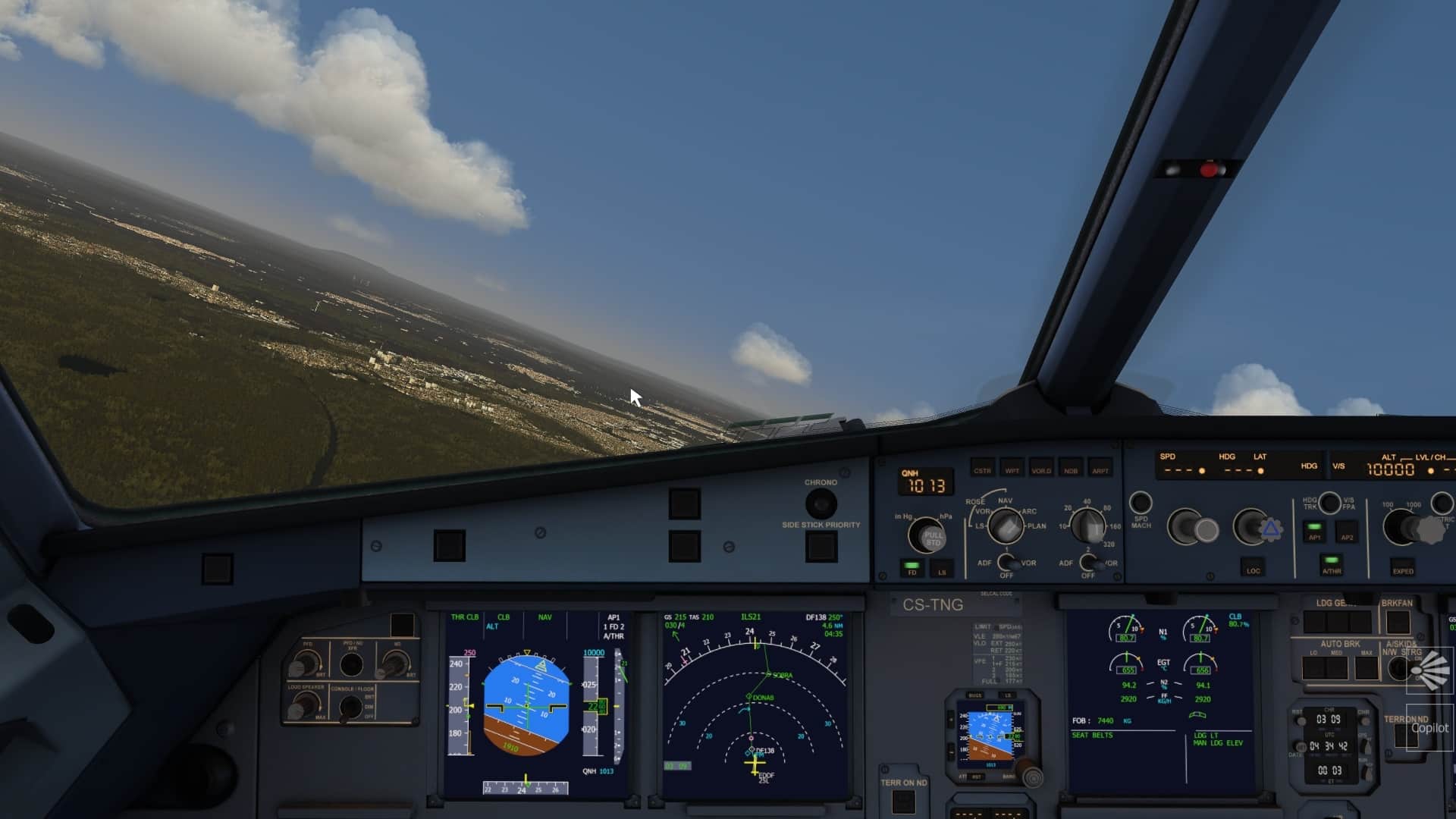
With this, Aerofly FS 2 was predominantly a fair weather simulator: Just sit in the cockpit and do a few laps on the US West Coast or over New York. Those who were used to the big simulators had to be willing to compromise to give Aerofly FS 2 a chance.
This is also true for the current part. If you are not willing to compromise, then you can stop reading right here, because Aerofly FS 4 also bakes much smaller rolls than the competition. But due to some good innovations and clever changes the new part convinced me more than the predecessor.
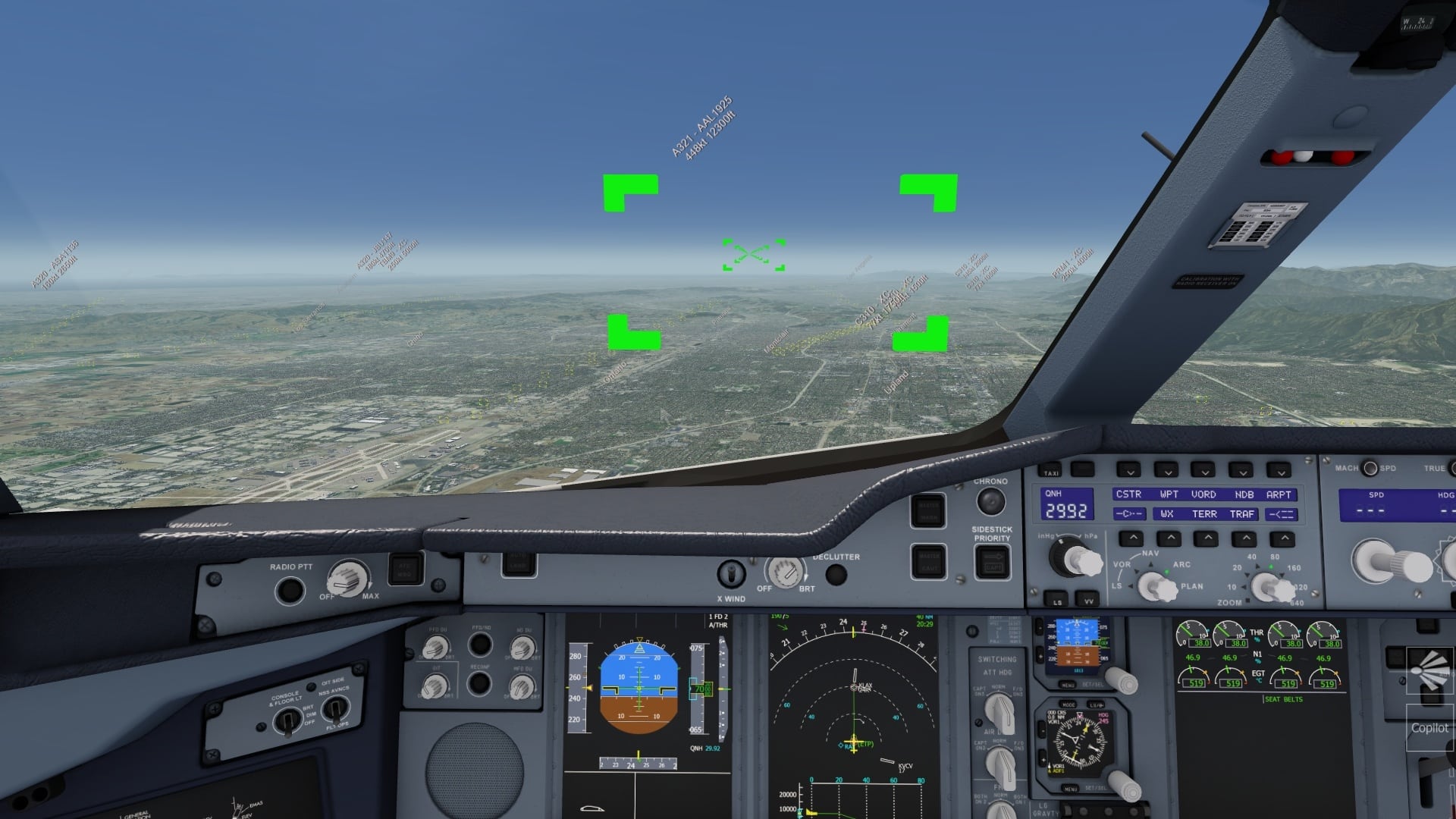
Aerial views and development
The most obvious innovation: The regions depicted in greater detail than in the predecessor have been expanded. The US West Coast now goes all the way up to Seattle and the border to Canada; a large part of Europe is now also provided with aerial photos and airports. The former Switzerland DLC has been integrated for this; in addition, Great Britain, France, Germany, Austria and Scandinavia are now usable. Europe must be activated as a free DLC.
However, the quality of the aerial images used varies enormously. While the aerial photos in the USA and Switzerland are well resolved as in the predecessor – even if they are a few years out of date – the rest of Europe is very blurred. The reason is the prices for high-resolution images.
A commercial producer like IPACS has to license aerial images. While this can be done for free in the US, where all government products are in the public domain, it takes a lot of money in the rest of the world. So Europe in Aerofly FS 4 is one of the compromises mentioned – it”s there, it”s usable from higher altitudes (7,000, 8,000 feet), but it”s not a real eye-catcher.
At least in large metropolises, blurred aerial images are at least concealed by dense buildings that are located as 3D objects on the ground textures. The buildings are based on the OpenStreetMap project, which means that the position, ground plan and height of the buildings as well as the general type of special buildings (e.g. radio towers and churches) are usually correct – so you can fly over your house if it is included in OpenStreetMap (X-Plane users may know this principle from World2X-Plane).
Sometimes real sights break up the generic, grey-white monotony: In Paris, of course, there is the Eiffel Tower, in San Francisco the Golden Gate Bridge, in the City of London the Millennium Dome. In Las Vegas, even most of the “Strip” has been recreated. Overall, however, there are too few of these sights.
Make more of a stretch
The new European airports are a selection; many more places are missing. Most of the airports are made up of generic objects, as is the case with the competition; however, some others, such as Zurich or Los Angeles, are instantly recognisable because of typical buildings.
I am very happy about the new airfields, because now there are many more possible uses for the expanded airliner fleet. Sure, you can commute between San Francisco and Las Vegas, L.A. and San Diego with Airbus A320s or Boeing 737s as in the predecessor, but now you can also fly Hamburg – Zurich or Berlin – London.
Long-haul fans also have more to do. Frankfurt – New York, Paris – Los Angeles or Seattle – Oslo are feasible with Boeing 777, 747 and 787 or Airbus A380 (the last three are part of the 40 Euro aircraft DLC).
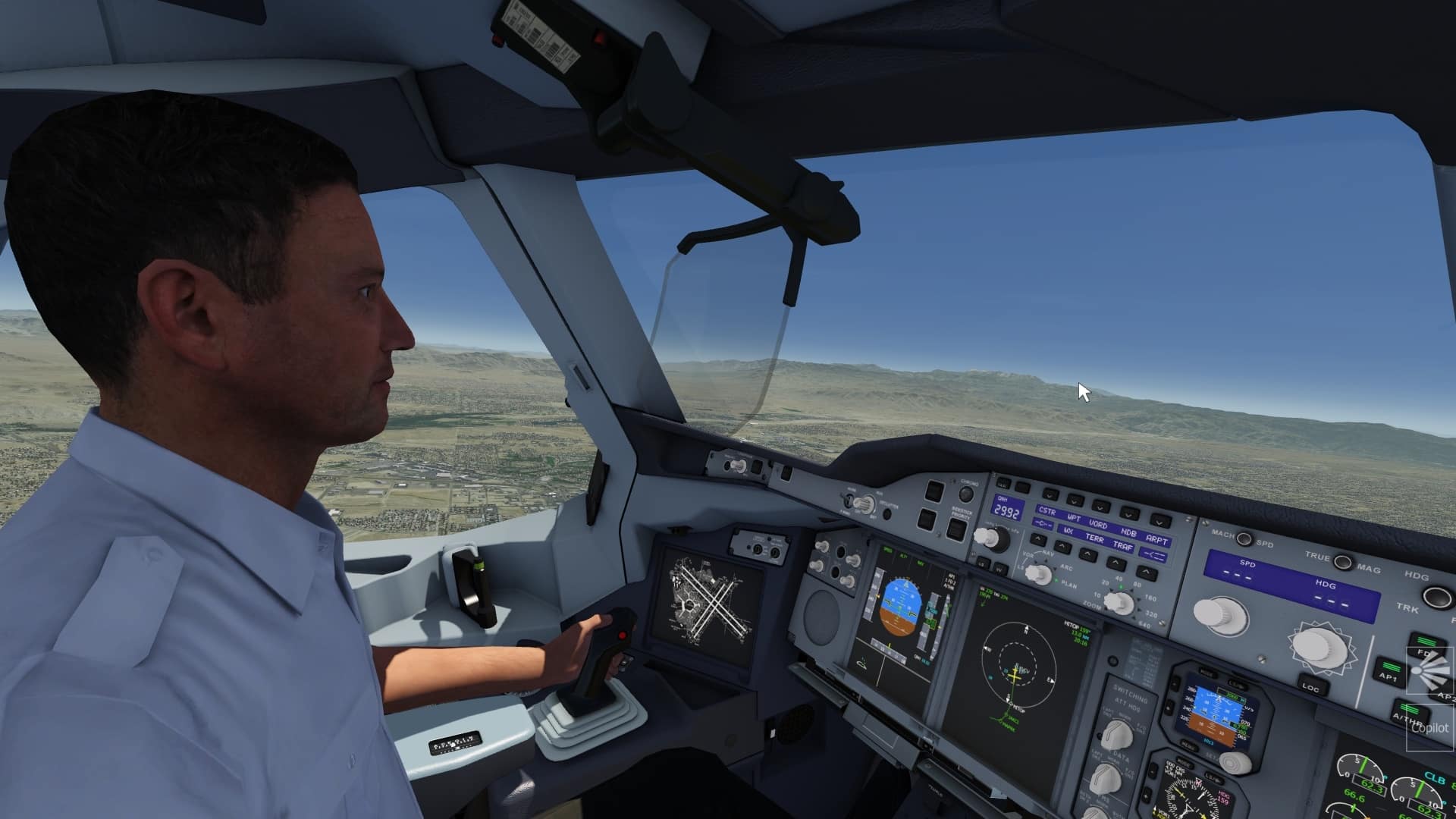
Compared to the predecessor, the improved navigation map, which is also a route planner, stands out. It is now easier to use so-called procedures, i.e. to plan departure routes (Standard Instrument Departures, SIDs) and approach routes (Standard Terminal Arrivals, STARs).
The navigation data and procedures available for selection are not the most up-to-date, but in contrast to the predecessor, most of the waypoints valid today are included. Airways are also found in the search function, but cannot yet be added to the flight plan.
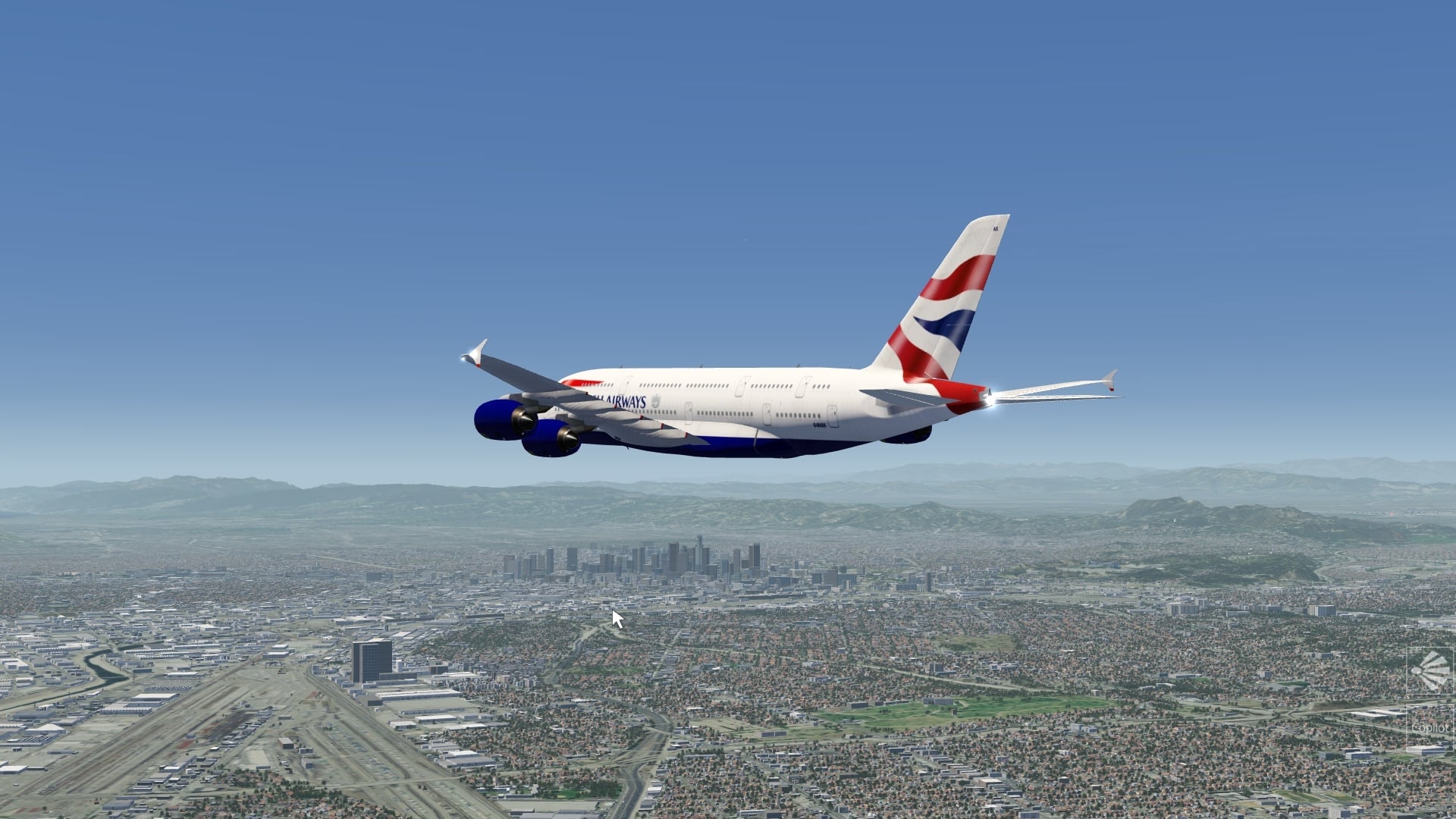
Airliner: “Simply” Reliable
One aspect of Aerofly FS 4 that really surprised me in a positive way is the reliability of the included passenger aircraft when using the autopilot and automatic thrust control (Auto Throttle). The fly-by-wire of the Airbus aircraft is also successful. Admittedly, there are many dummy buttons and dummy displays on the flight deck (for example fuel, cabin temperature).
Somehow you also notice that the same generic autopilot is doing its work in the background in every model. But what matters is that you arrive reliably at your waypoints and finally at your destination, and that the operating concepts of Boeing and Airbus are easy to understand.
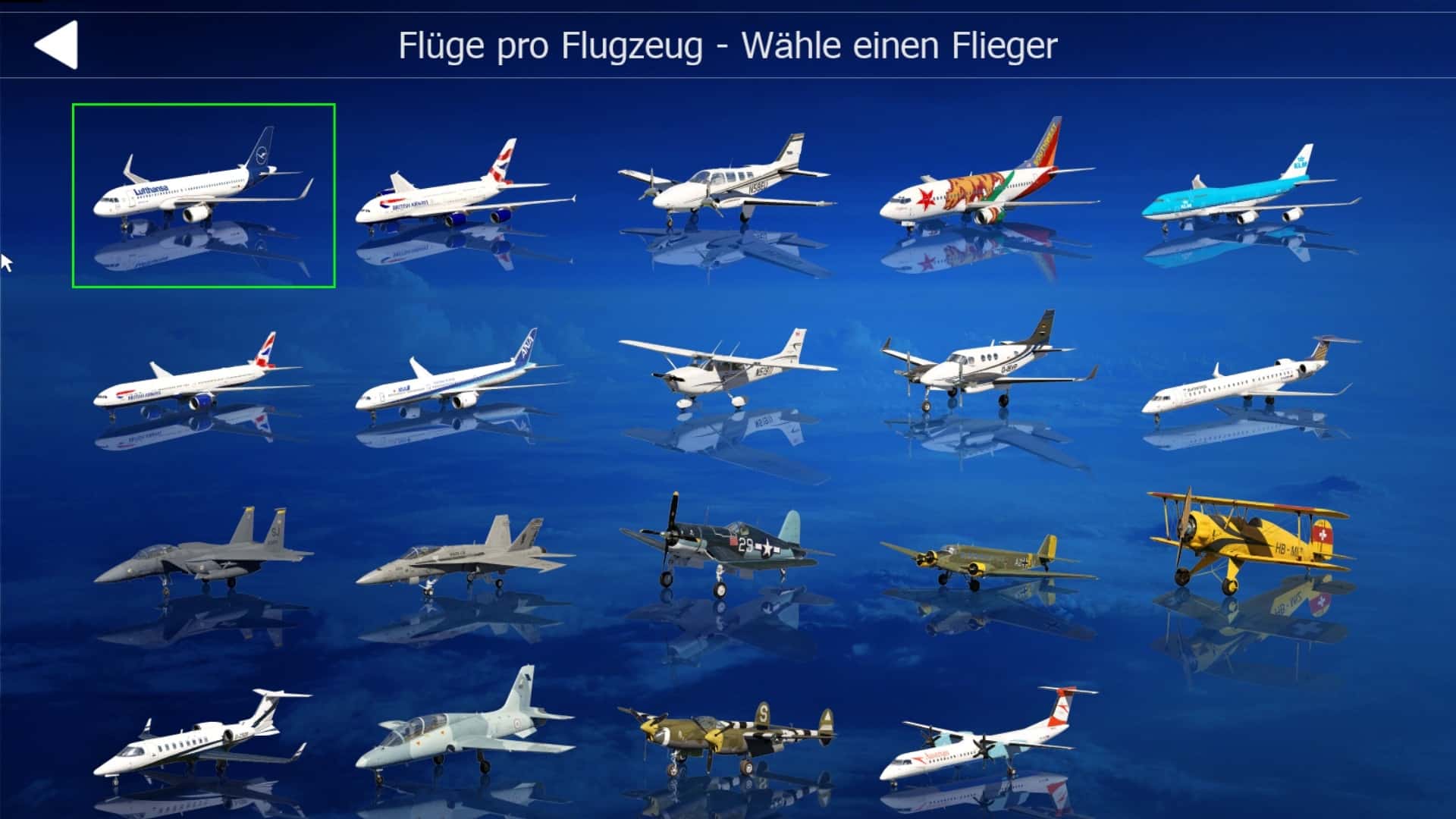
That”s more than can be said for Microsoft Flight Simulator 2020”s default airliners, some of which grossly misbehave without mods. The passenger aircraft in Aerofly FS 4, on the other hand, are a model of reliability and, by the way, always perform well. Nothing jerks on the cockpit displays and control inputs are implemented without delay.
As a flight captain, your task is to monitor the flight – is the navigation correct? Is the fuel consumption OK? Are there any special incidents? There is not much to do in Aerofly FS 4. Since no fuel consumption is simulated at the moment, you can ignore the fuel gauges (and the thought that you will always land overweight).
And if you get the idea of messing around with the cabin temperature controls – go ahead, even if you set it to “hot” nobody will complain, because according to the display the temperature always stays at a pleasant 18, 19 degrees. There is also no radio traffic, which would be a useful addition, especially in view of the AI traffic added in Aerofly FS 4.
This makes flying passenger aircraft a pretty simple affair overall. Without all the trappings that can be recreated in other simulators, long-haul flights are one thing above all: long. It”s good that there is a time-skip function.
Professional helicopter
More exciting for me at the moment are the helicopters of the simulator. Because Aerofly FS 4 has managed something that no simulator since the old PlayStation 1 game Gunship has managed so far – to get me to fly helicopters again.
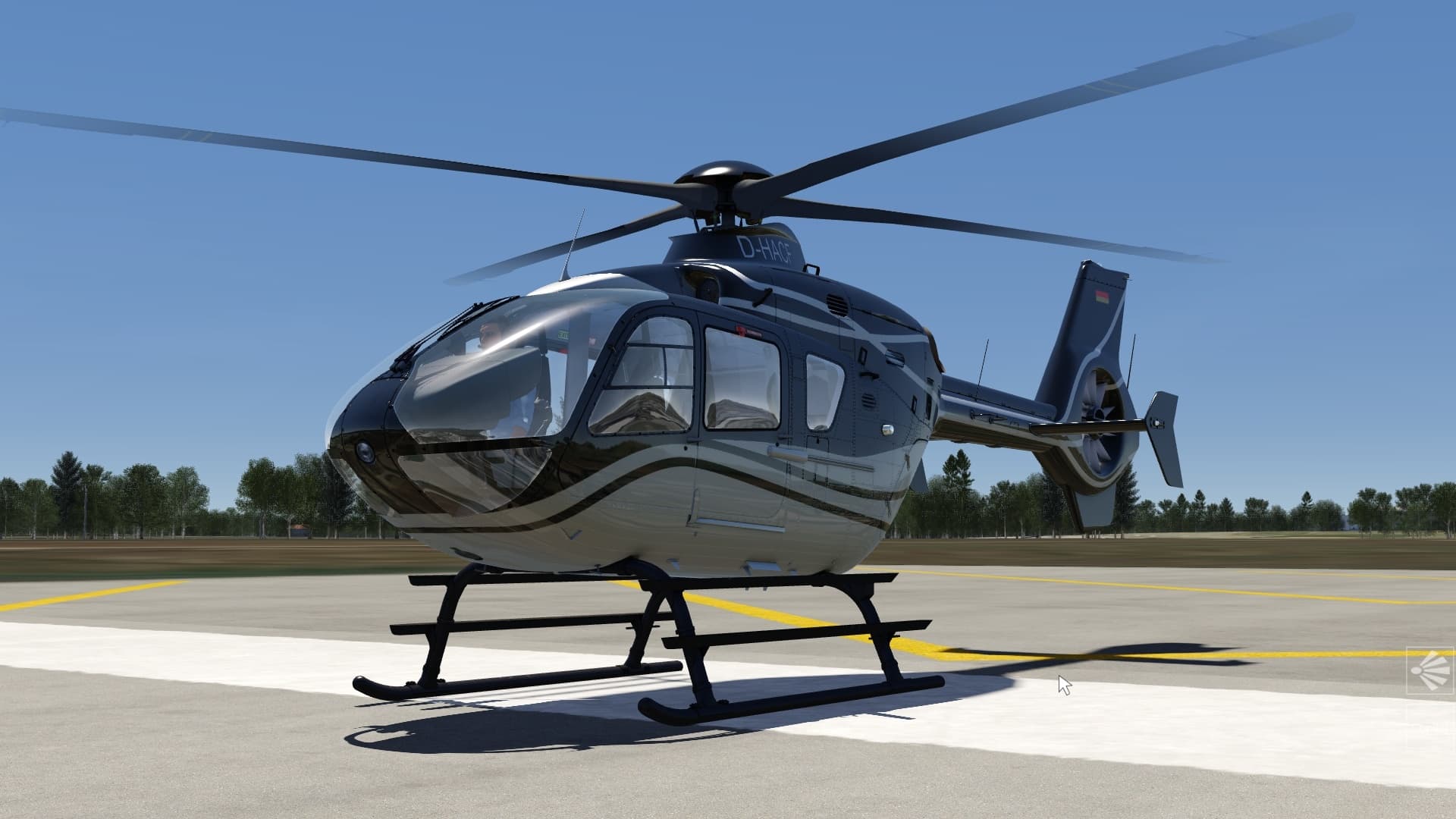
Since Aerofly FS 4 assigns input devices (joysticks, pedals, other flight simulator hardware) separately according to aircraft type, I can easily switch from a single-engine propeller plane to a four-engine jet or even a rotorcraft. In other simulators it is always a nuisance for me to create and save different profiles; in Aerofly FS 4 this is really well solved.
So all of a sudden I was sitting in the Robinson R22 and didn”t do badly at all – despite the checkmark for “professional mode”, which you can set on this model. Afterwards I enthusiastically told my wife that for the first time in a long time I had a real sense of achievement in a simulator (and because my wife is great, she was also suitably happy for me).
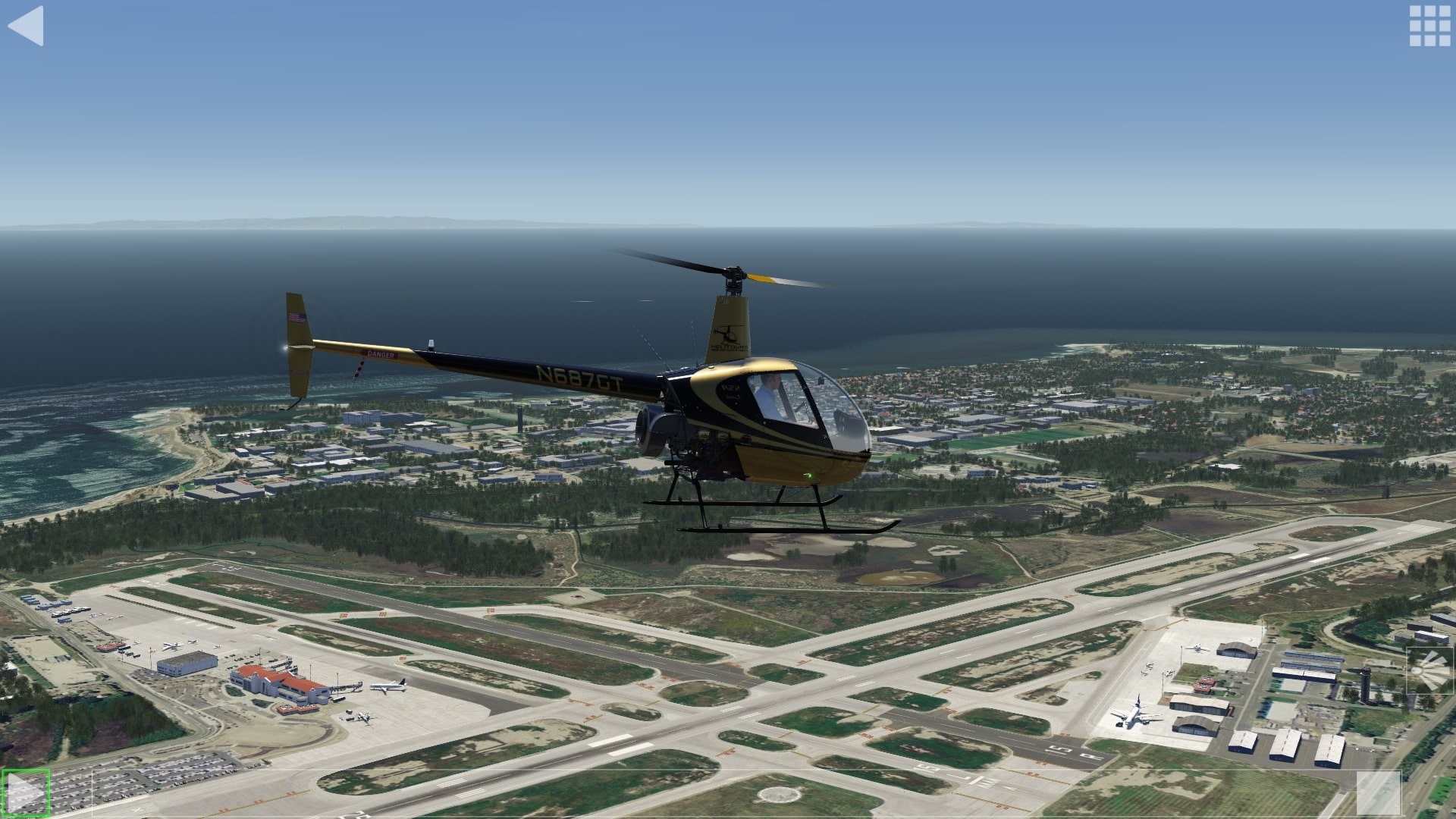
Why was I so proud of this? Because the R22 flight model is the same one used in VRM Switzerland”s Aerofly FS 2-powered, European Aviation Safety Agency (EASA)-certified virtual reality simulator. This means that, thanks to the EASA certification, real helicopter flight students can receive credit for 5, 10 or 20 training hours on the simulator, depending on the licence and training concept they are aiming for.
As with any certification of such equipment, this of course only applies to this specific simulator, including the hardware, as it is used at VRM Switzerland. But the underlying software is just the same as in the normal Aerofly FS, and the certification ultimately also confirms its quality in this area.
Editorial conclusion
Real flying is much easier than flight simulation: not only because you have a great all-round view, always fluid “frame rates”, always legible instruments and reasonable “input devices”. And not just because you can feel to a certain extent what the aircraft is doing and “wants”. Real flying is easier above all because you don”t have to deal with unstable servers, constant forced updates and long loading times. Far too often I just want to do a few aerodrome laps in the evening, but first have to wait for downloads in Microsoft Flight Simulator or fix unexpected compatibility problems of aircraft with new updates. Often I prefer not to do it at all.
This is exactly what can”t happen to you in Aerofly FS 4. From the start of the game to flight planning to take-off only takes a few minutes and since the US West Coast is my favourite virtual flying region anyway (California is my PilotEdge home), the low-resolution aerial images in Europe don”t bother me that much. On the contrary, I think it”s good that IPACS has now taken the step of making more of our world “flyable”. A new career view motivates, and a large number of suggested flights of different lengths solves the problem of not being able to decide on an aircraft and a route – perfect for a quick after-work flight!
Yet Aerofly FS 4 is by no means an arcade game. Internally, there is more simulation than is apparent at first glance. This is noticeable in the reliable passenger aircraft. But especially on the surface there are still gaps. It is a pity, for example, that there is still no real weather adjustable – wind, visibility and one layer each of cumulus and cirrus clouds are simply not enough. Navigation data that can be updated via Navigraph or NavDataPro would also be nice, so that correct flight plans can still be entered in a few years” time. And with the newly added AI traffic, IPACS would also have to address the (admittedly very complex) issue of air traffic control.

